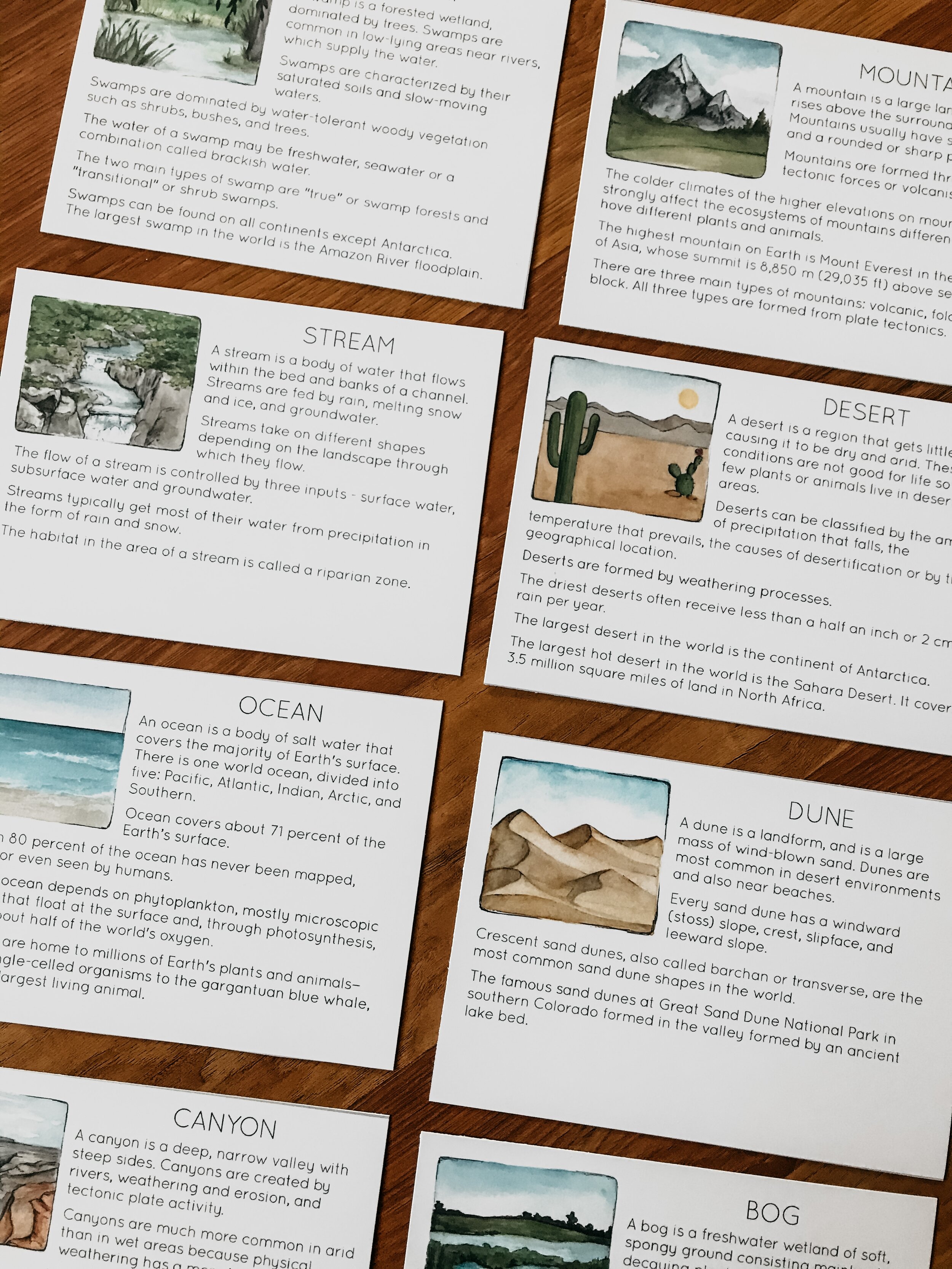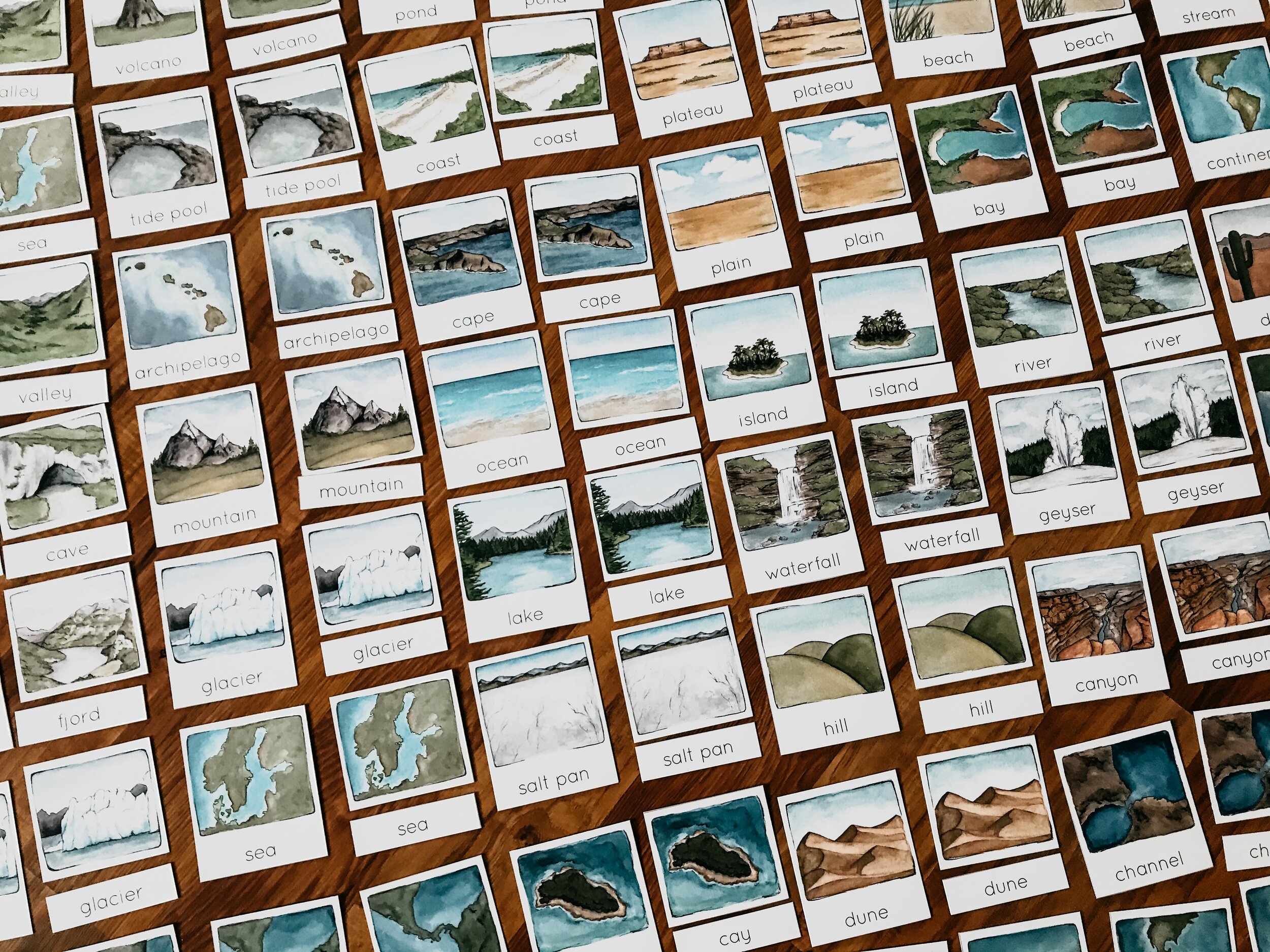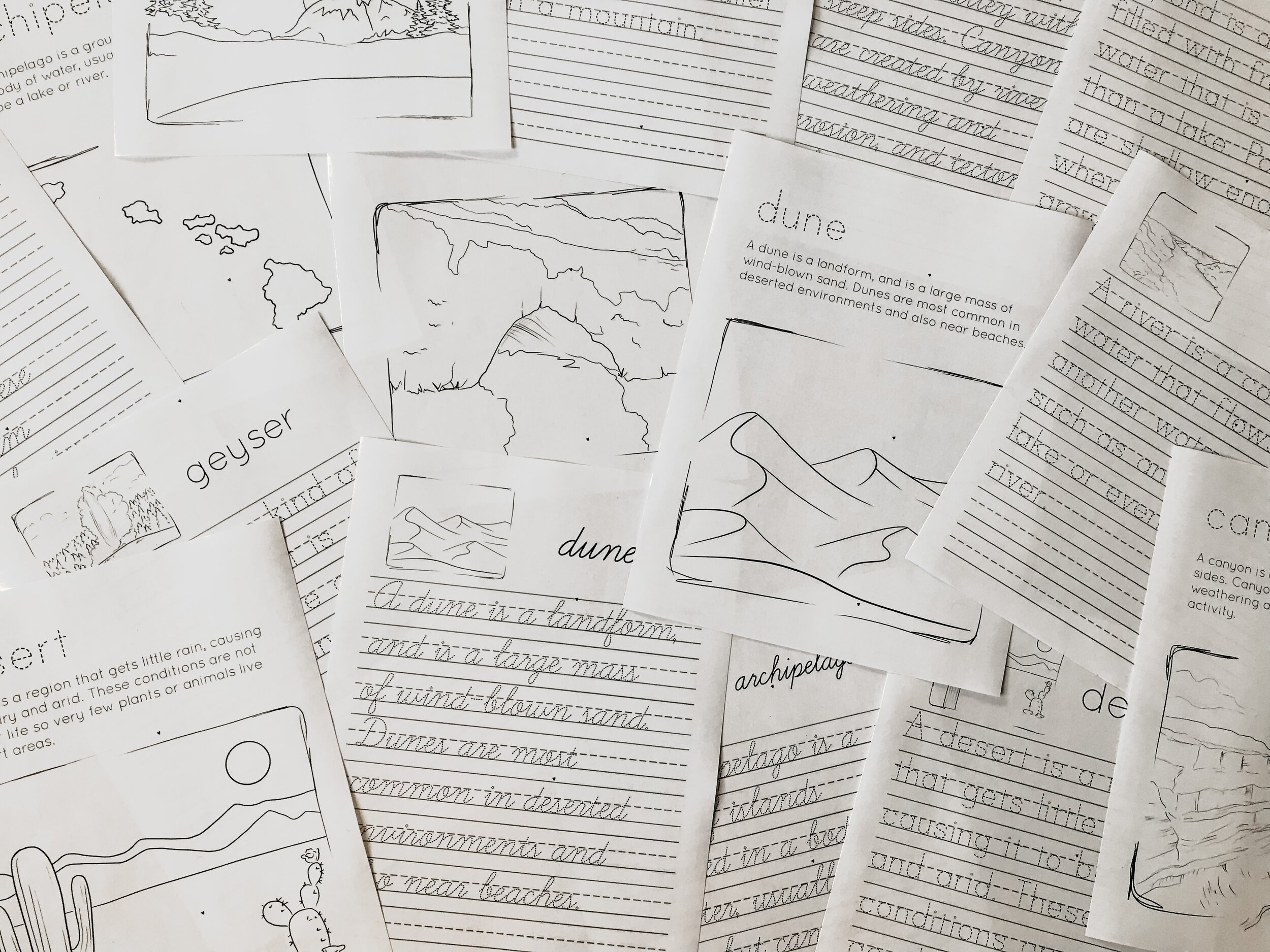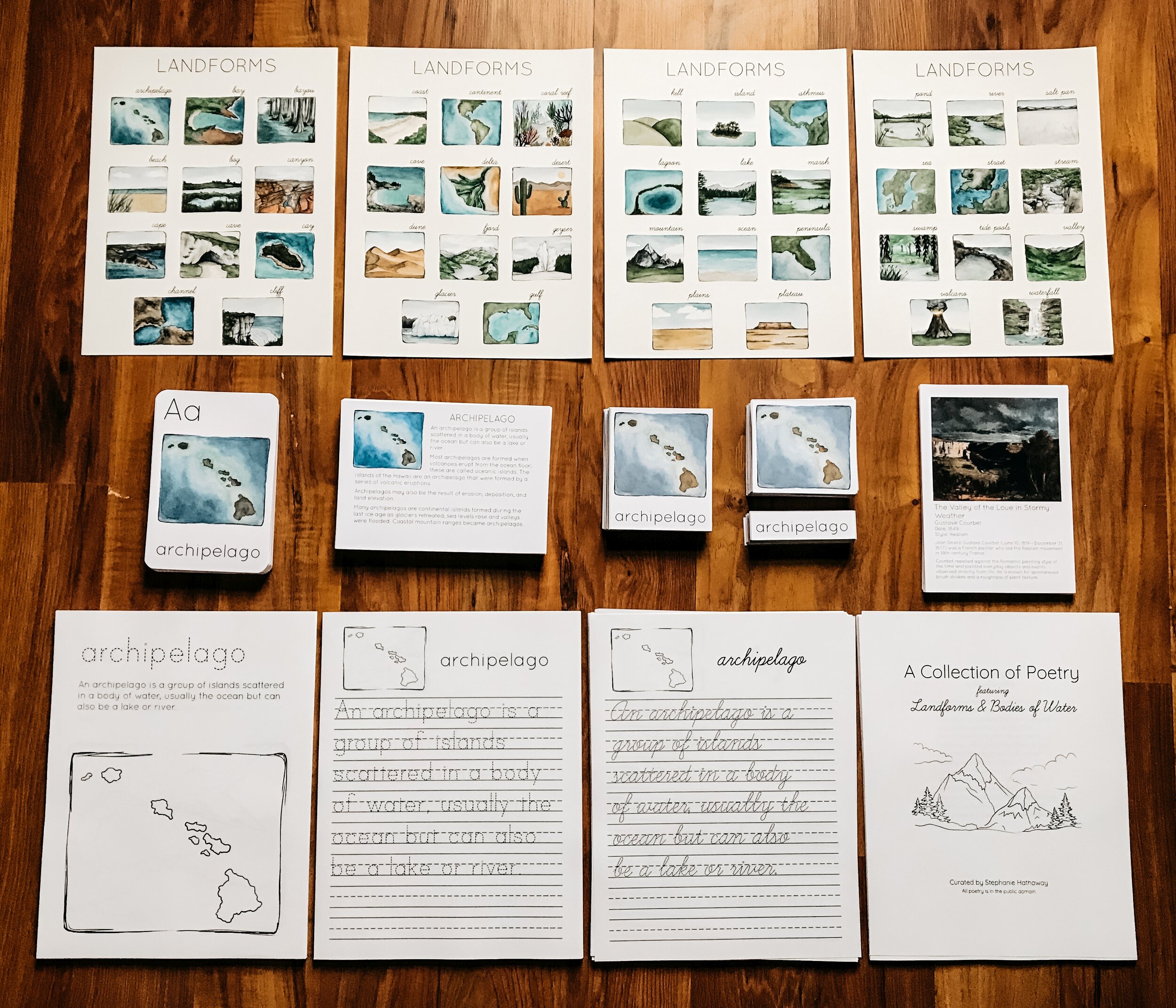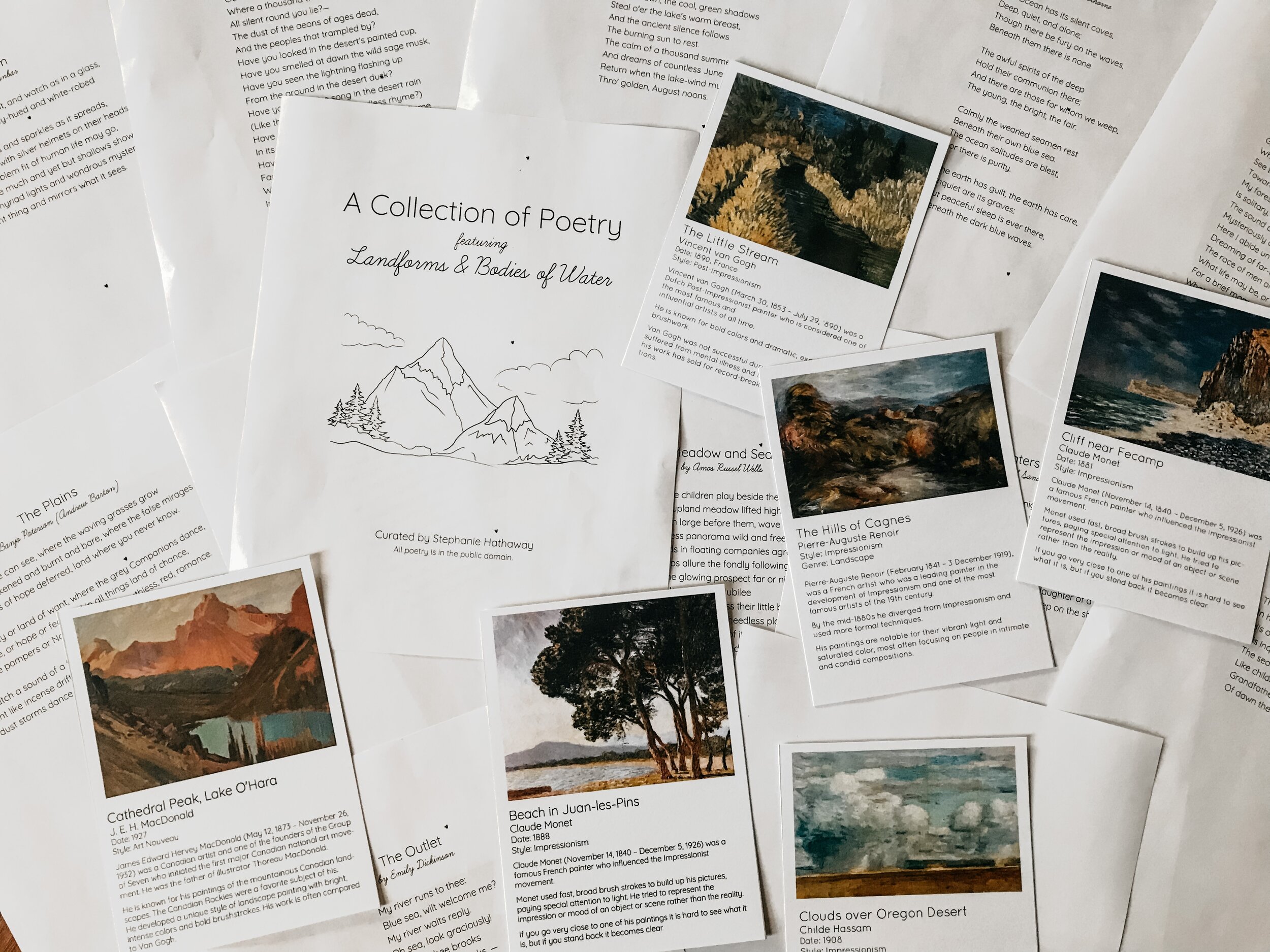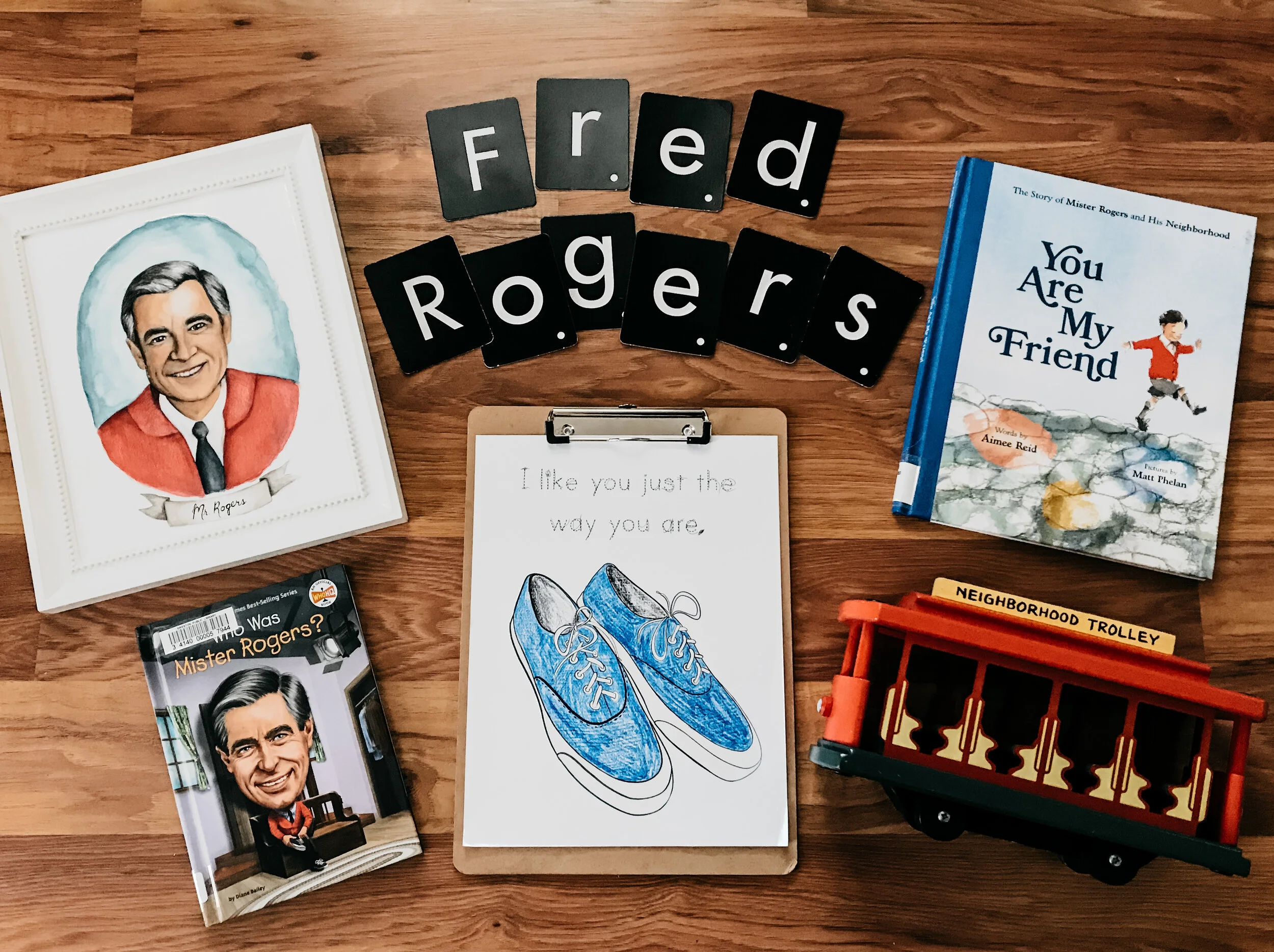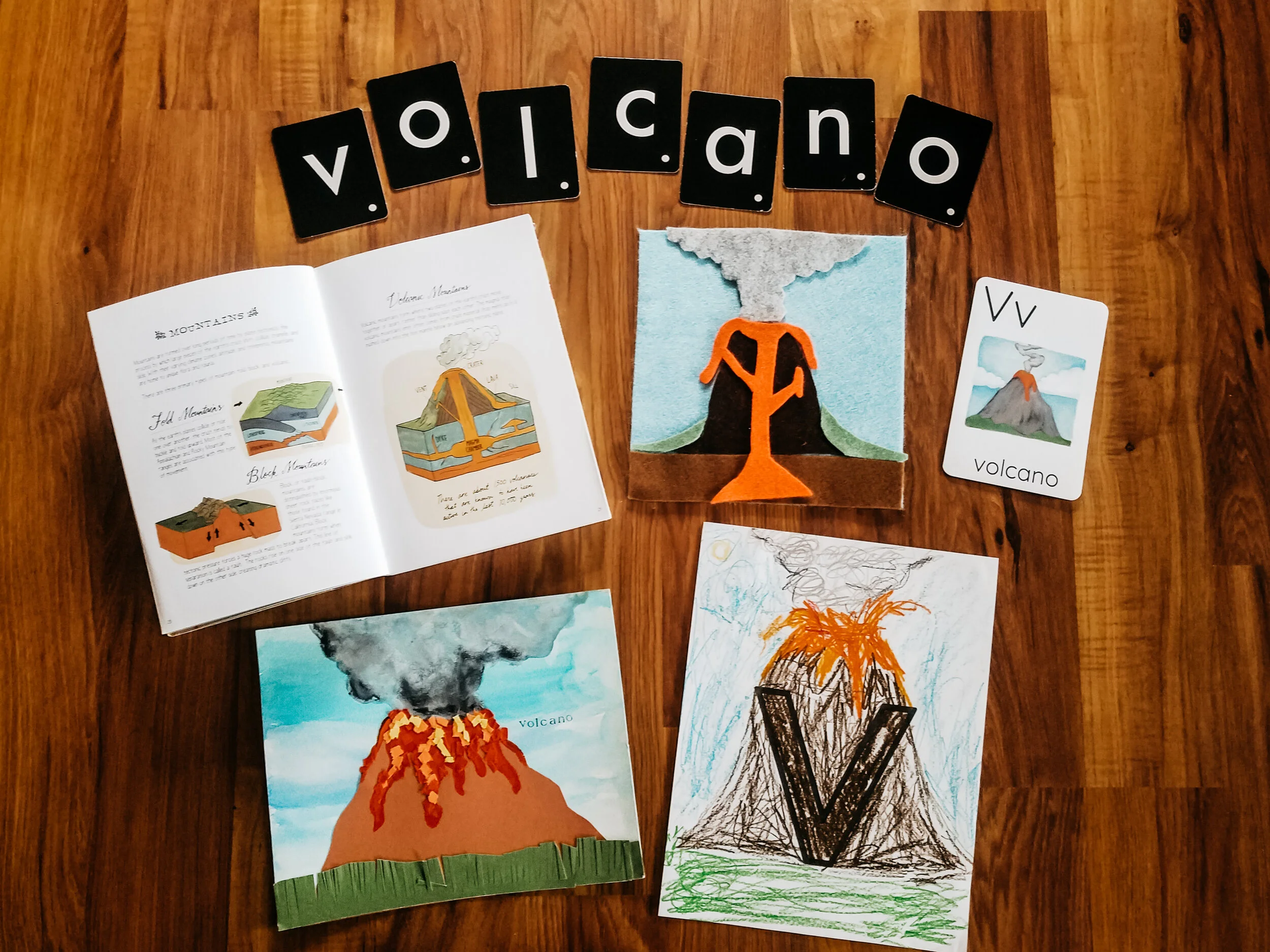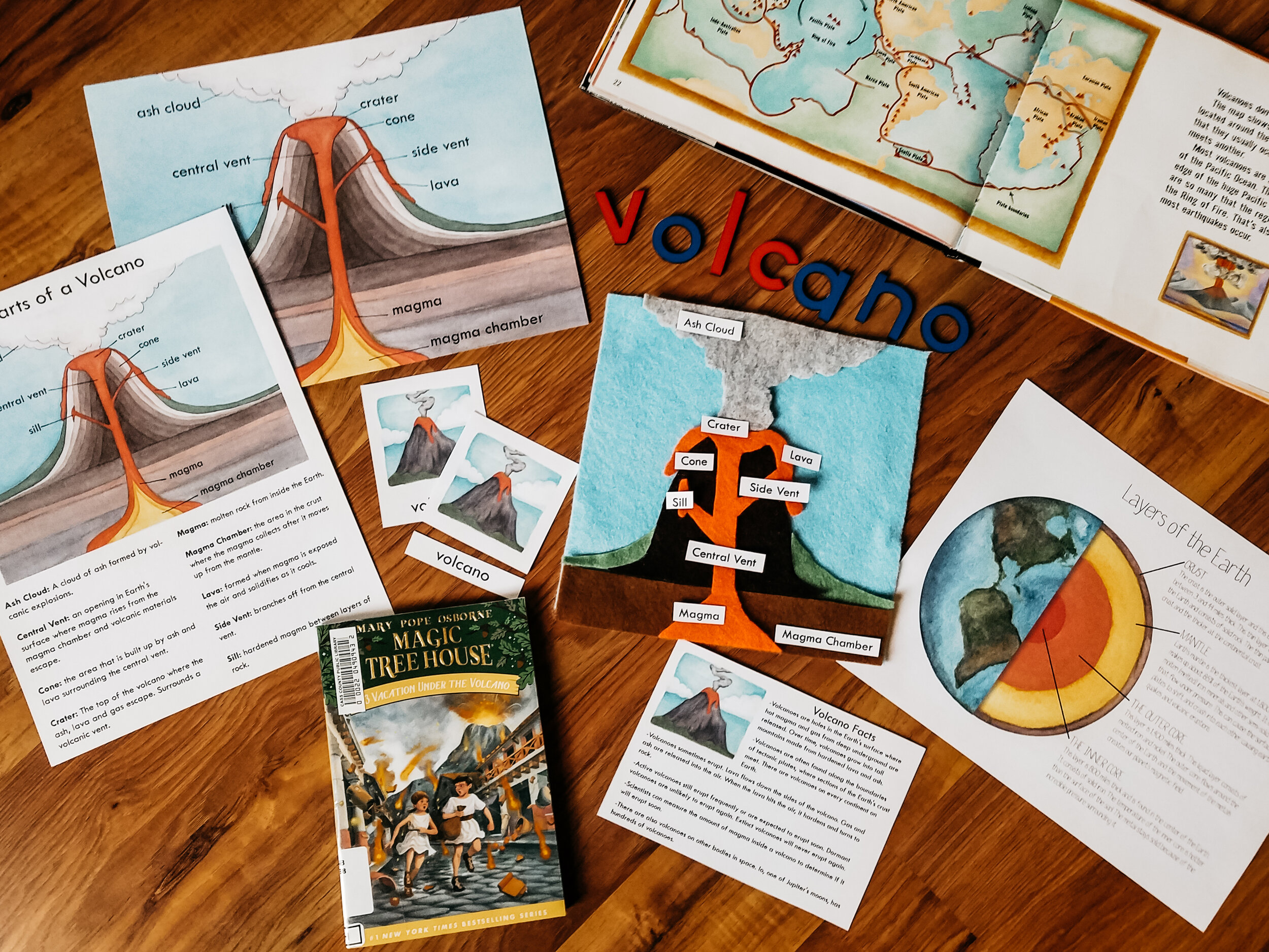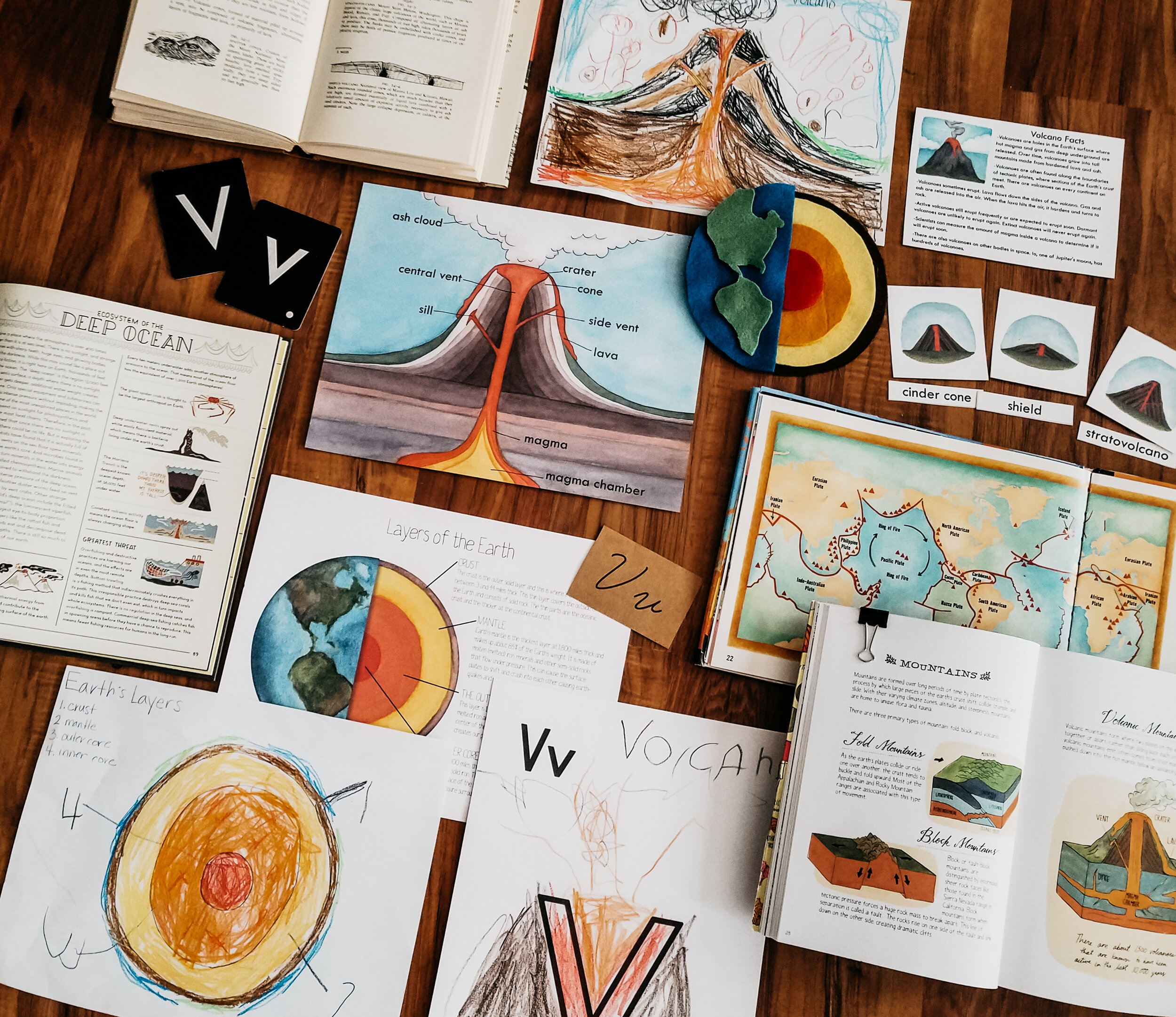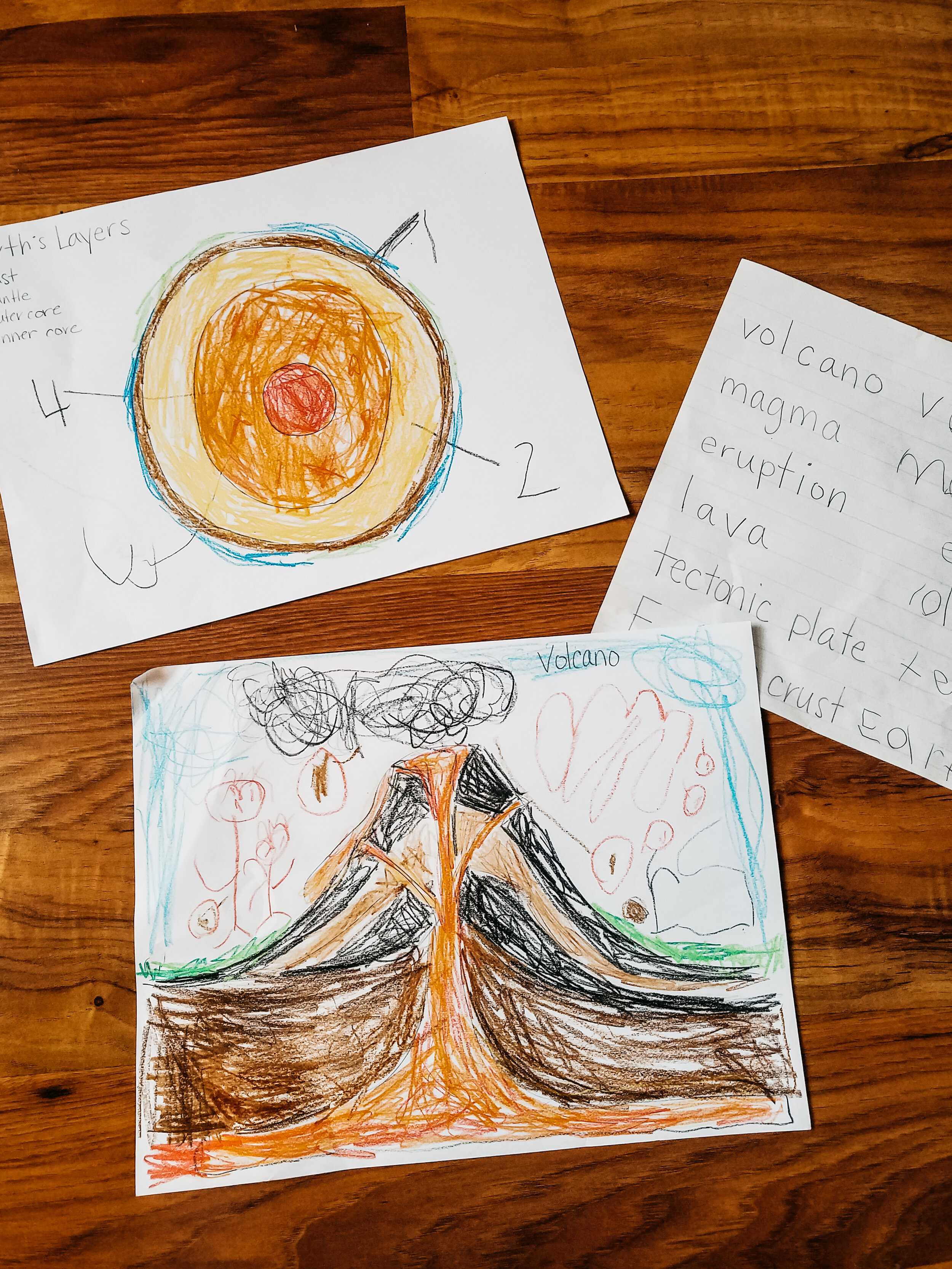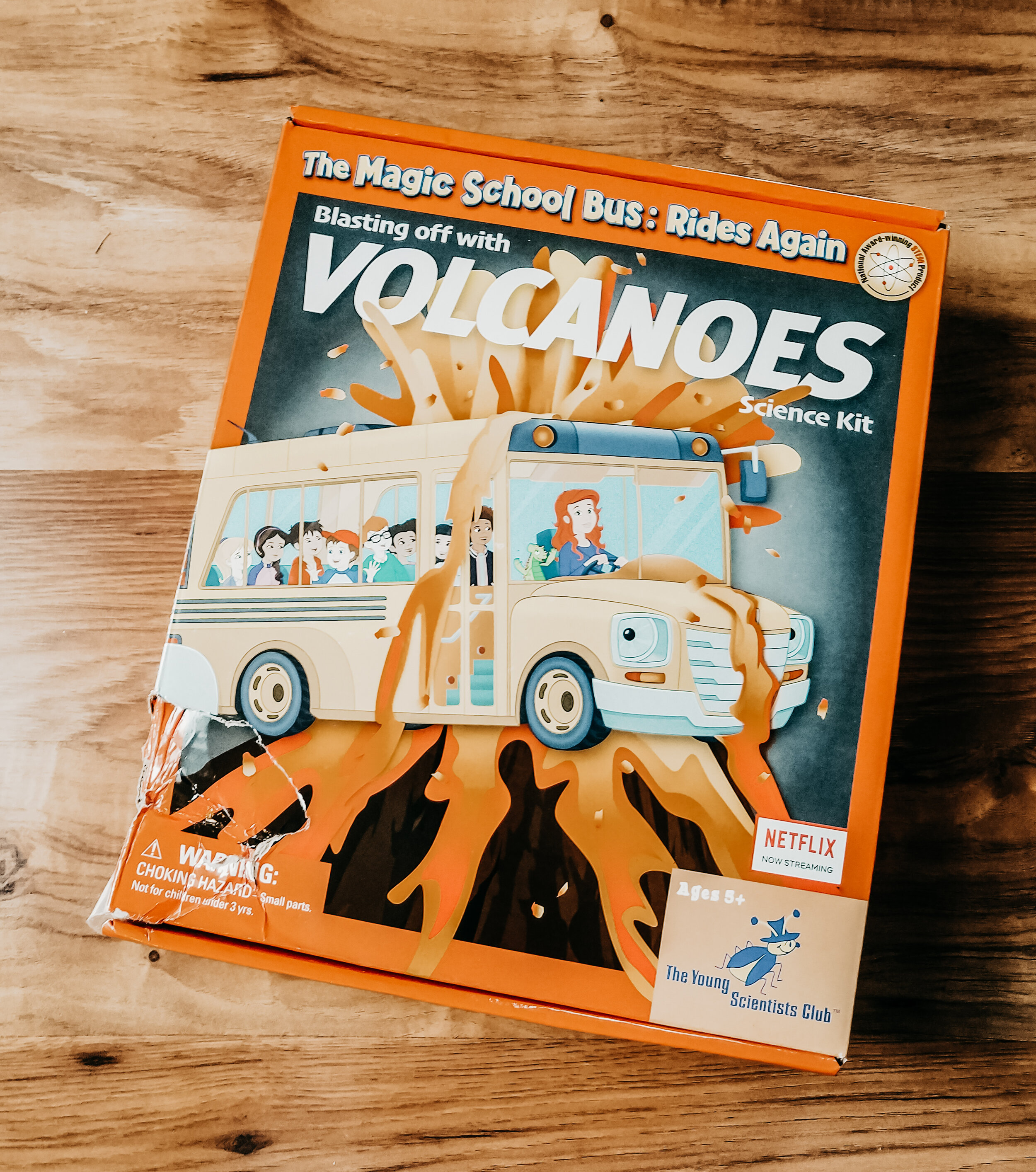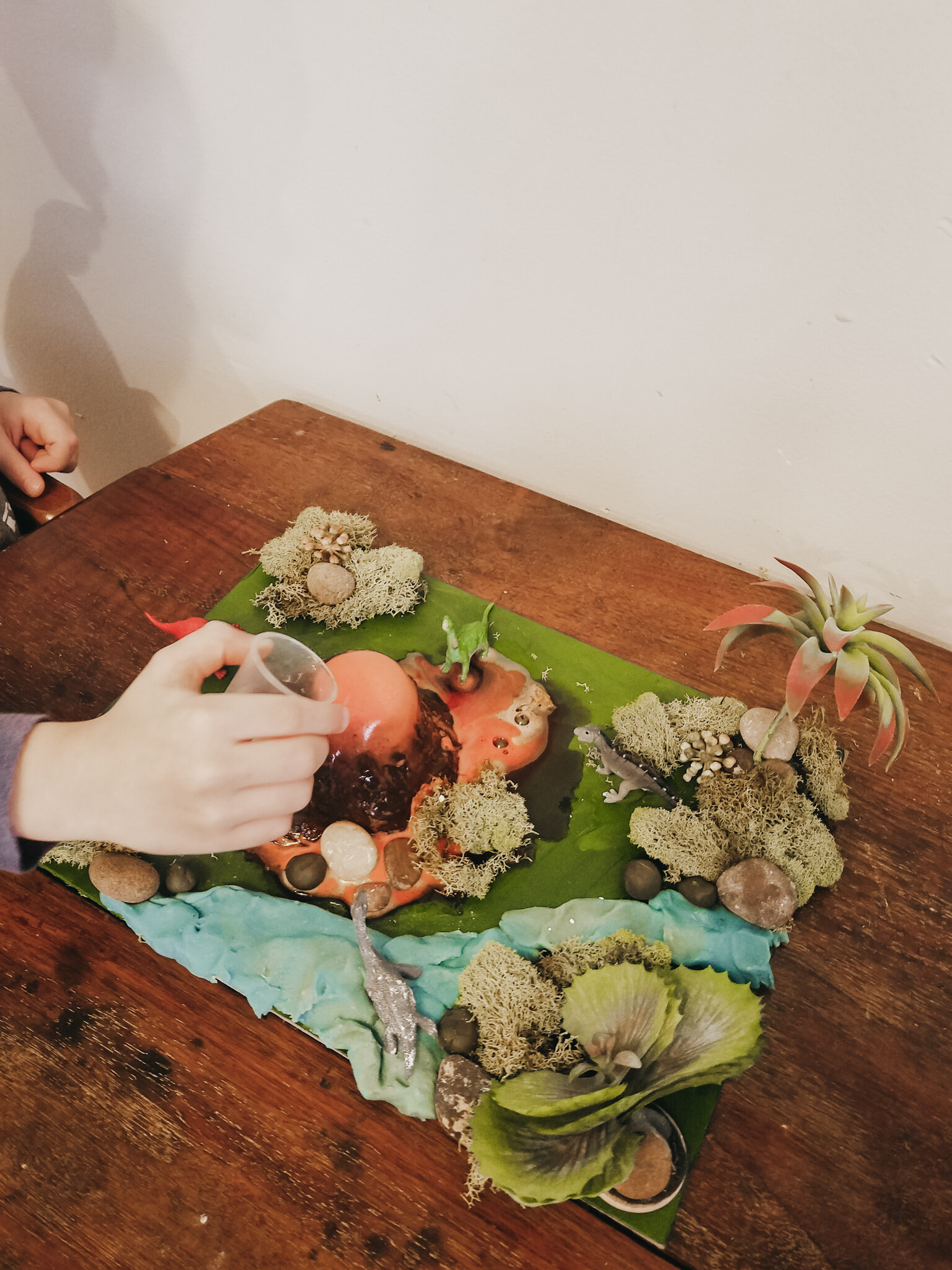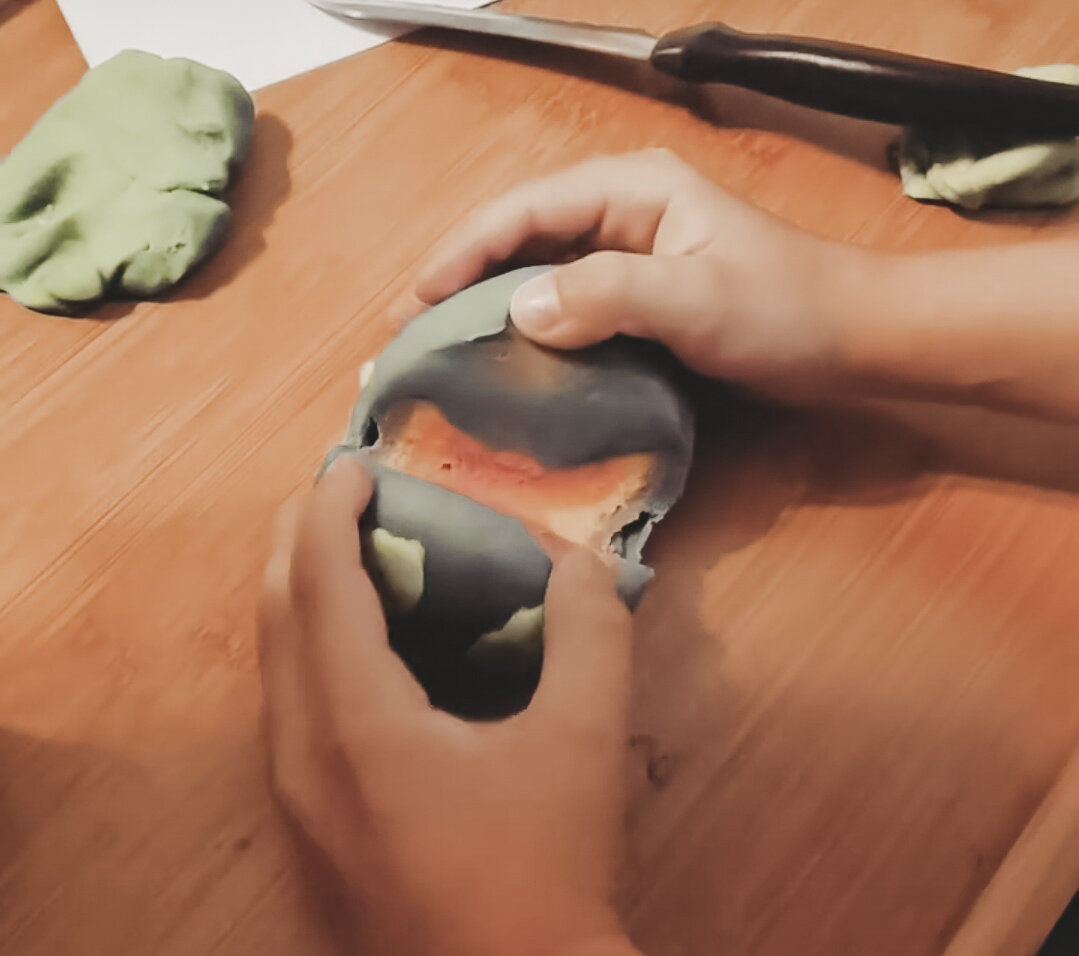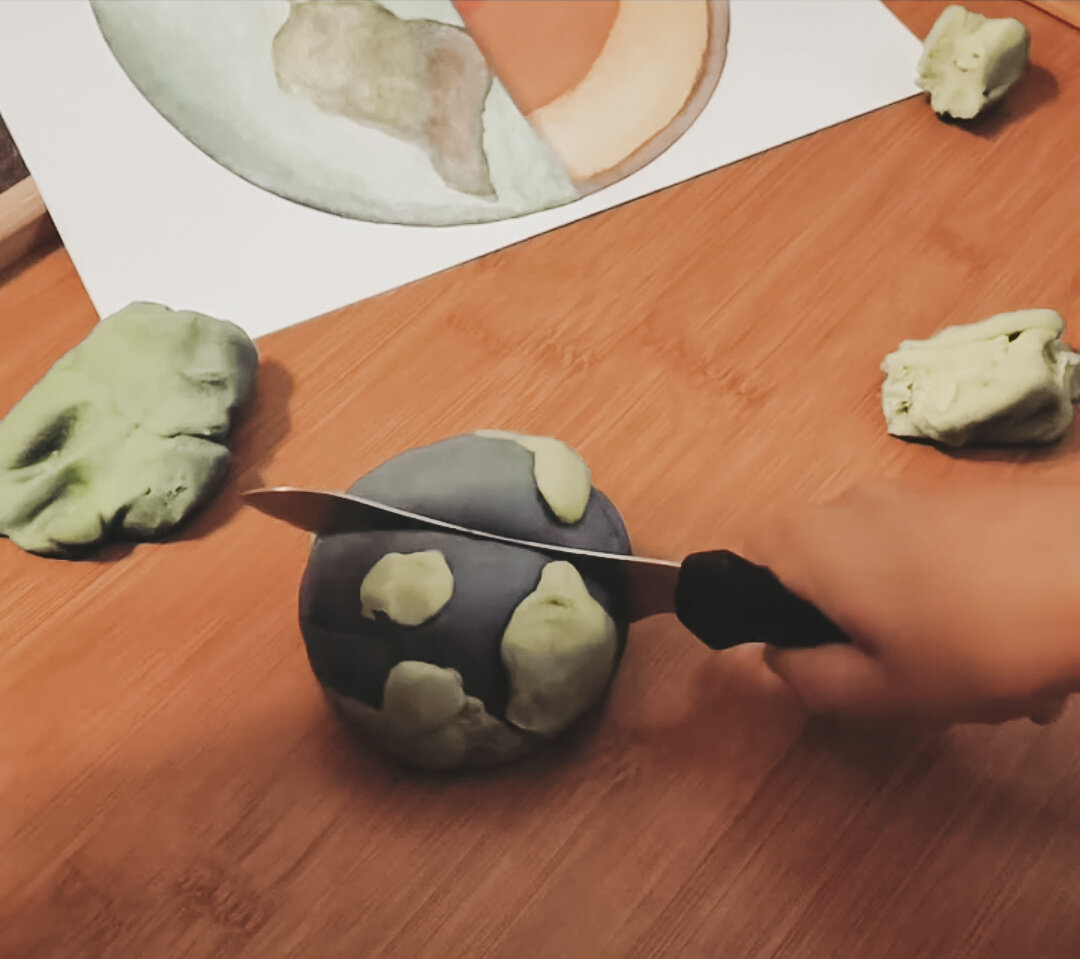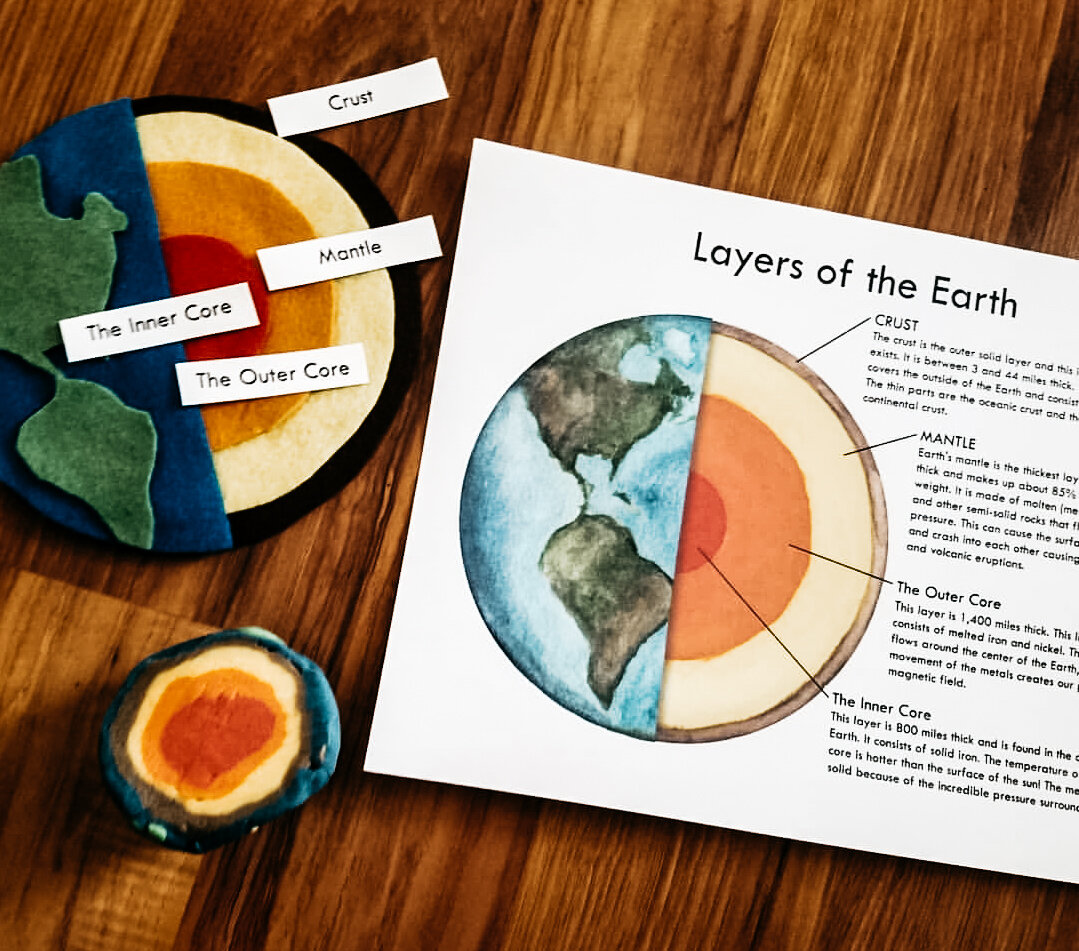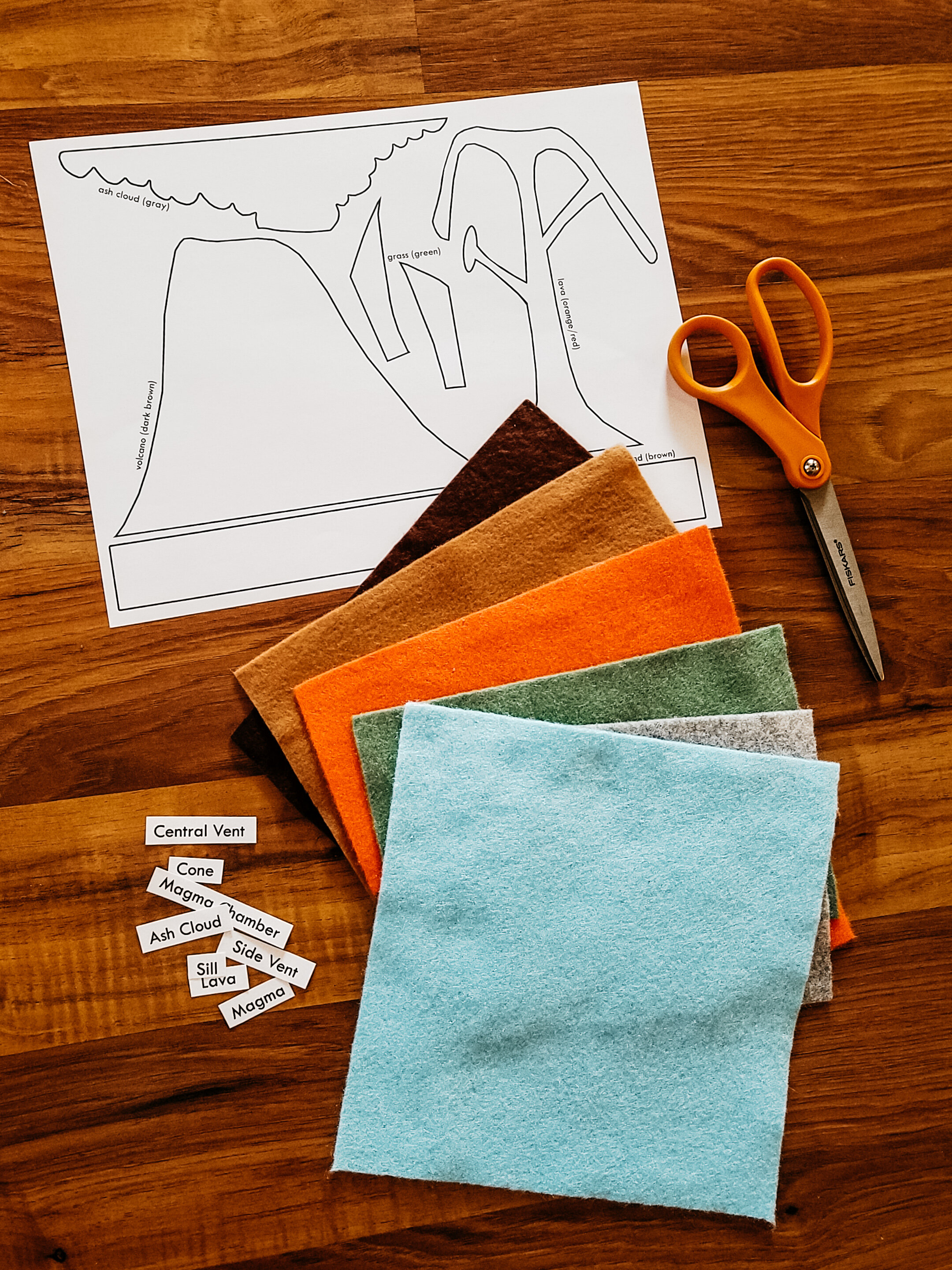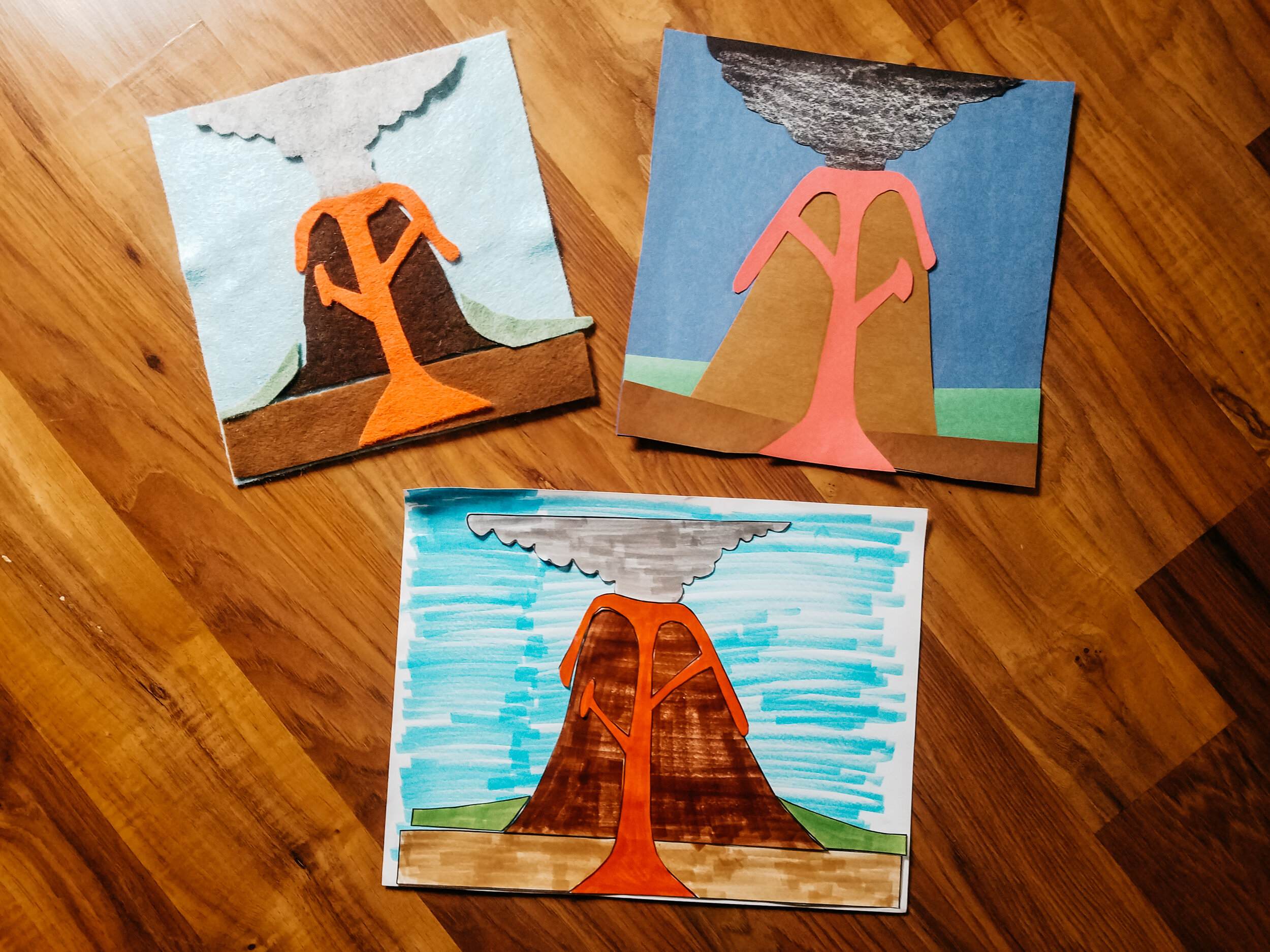Family Movie Night
Summer Book Club
Combine the fun of a summer reading program with the tradition of family movie night for a fun and simple way to study literature and explore the arts this summer.
An Approach to Summer Reading That Brings Your Family Together
In our family, we’ve found that the perfect way to end a long, active summer day is to cuddle up on the couch and watch a family movie together.
As regular movie-goers and people who appreciate the arts, we enjoy watching, discussing, and even critiquing film and literature as a family. This has been such a great way to learn, grow, and connect as a family!
Fun & Flexible Summer Learning
As I worked to put together our reading and movie list for this summer, I thought it would be fun to share our process with you all. I’ve included a list with lots of options, plus some simple worksheets and prompts to help guide your own family’s discussions.
This is a great option if you’re looking for a more relaxed approach to homeschooling through the busy summer months. It’s also a helpful way to keep learning fresh and engaging while avoiding that summer learning dip.
Curated Book & Movie Lists
I’ve divided the book and movie list into categories so you can easily pick what fits your family’s ages and interests.
All Ages & Family-Friendly Picks
These beloved classics are ideal for younger kids, family read-alouds, or anyone looking for something on the lighter side. Many are picture books or early chapter books with movie adaptations that the whole family can enjoy together.
Engaging Stories for Independent Readers
These books and films are perfect for independent readers and families ready for more complex plots and character development.
Deeper Themes for Middle Grades & Teens
These stories explore themes such as identity, loss, courage, and transformation. Perfect for teens or for families ready for deeper conversations.
Stories for Deep Discussion & Mature Audiences
These books touch on justice, war, race, human rights, and social commentary. Ideal for older teens or adult family members. Please preview for age-appropriateness.
Make It Your Own!
Start by reviewing the list and choosing the book and movie pairings that are right for your family. Think of a few of your own and add them in! We like to have a mix of difficulty levels, genres, and tones to keep things interesting. Pick what feels right for your family. Maybe you want to focus on fun and nostalgia, or maybe you're looking for stories to help shape your family’s values and worldview through deeper conversations.
☀️ Get the kids involved. Let them help pick what to read and watch, or ask your librarian for suggestions based on your family's interests.
🍿 Check for upcoming releases. Is there a movie coming to theaters soon that's based on a book? Read it together before seeing it on the big screen.
📖 Include graphic novels. For kids who struggle with long chapter books, graphic novel versions can help them enjoy the story too.
💞 Keep it relaxed. Don’t feel like you have to quiz your kids. Feel free to skip the deep literary analysis. This is all about making good memories together.
✨ Check your favorite movies and books. You might be surprised how many of your favorite movies were based on books. You can also search your favorite books to see if they’ve been adapted into films or shows.
📚 Join your local library’s summer reading challenge to earn rewards while you read! Many libraries offer prizes, free events, or other perks to make the most of your summer reading fun.
Download the Free Printable!
This free resource is available to members and includes everything you need to create your own summer movie night book club:
A curated book and movie list, divided into four tiers (from all ages to mature audiences)
Book report & movie review templates
Discussion prompts
Literary Analysis Guide
It’s totally free to join. Members get access to a growing library of seasonal printables, helpful resources, and an exclusive coupon code every month.
Check out the Member Exclusive Freebies to sign up and explore the members area!
*Please note that free resources are rotated seasonally. This may not be available all year but you will have access to many more free resources!
A Note to Families
This guide is not a professional rating system, but a thoughtfully curated list based on research and my own personal judgment. Every family is different, so please use your own discretion in choosing what best suits your children’s maturity and your values. Some titles reflect the time periods in which they were written and may include outdated or insensitive perspectives. These moments can be used to spark deeper discussion and invite a broader range of voices into your learning experience.
Enjoy!
Stephanie
Art Challenge: The Changing Light of Day
Shadows are key to creating the illusion of light in art. Identifying the light source is crucial for understanding where shadows and highlights will appear. Whether the light is coming from the side, above, or below, the position of the light source will dictate how the light and shadow fall on the subject.
Artists must consider the direction, intensity, and color of the light. Identifying the light sources will help you choose where to place the highlights and shadows of your object, making it appear more realistic.
This is a challenge I included in my December Nature Journaling with Steph lesson. I’ve made the printable lesson available free to members but the full instructions can also be found below. Enjoy!
It’s totally FREE to become a member and super easy to sign up!
Art Challenge: The Changing Light of Day
Challenge: Explore how natural light (sunlight) at different times of day changes the appearance of an evergreen tree.
Materials Needed:
Nature journal or sketchbook
Pencil or pen
Colored pencils, markers, or paint (optional)
A watch or clock to track the time
Instructions: Visit an evergreen tree at three different times of the day: morning, midday, and evening. In your nature journal, sketch how the light changes as the sun moves across the sky. Pay attention to where the light source (sunlight) hits the tree and how it casts shadows. Notice how the shadows change in size and shape throughout the day.
Nature Journaling with Steph is a monthly membership subscription that explores the art of nature journaling with a new subject each month.
We’ll explore different elements and principles of art through tutorials, exercises, challenges, and experimenting with a variety of mediums and techniques. I’ll also include some of my resources to help inspire and expand upon the lesson.
On top of the regular monthly lessons, you’ll have access to the Nature Jounaling Guide, Phenology Wheel Guide & Template, How to Draw Collections, and bonus lessons. All for just $5 each month!
🌲 Evergreen Tree Nature Journaling Prompt! 🌲
Evergreens in the Ecosystem: On your next nature walk, take a moment to observe how wildlife interacts with evergreen trees. How do these trees provide shelter or food, especially in winter? Look for signs of animal activity like nests, tracks, or chewed cones. Make notes about the important role evergreens play in the ecosystem.
Sketch what you observe in your nature journal and make notes about the important role evergreens play in the ecosystem.
Each month in my Nature Journaling with Steph subscription, I provide several nature journaling prompts like these, along with suggestions for what to include in your journal entries and example pages to inspire you.
Summer Solstice Nature Study
Please note that this post includes affiliated links. Thanks for your support!
The Summer Solstice is upon us!
I’ve created a little Summer Solstice Nature Study for you but in this blog, I’ll share all the resources you’ll need to put together your own celebration, totally free!
For a limited time, you can purchase the study for just $3.00!
Members to my website will also find a exclusive freebie in the members area.
During the Summer Solstice, the Sun travels the longest path through the sky, making it the day of the year with the most sunlight. As we lead up to the Summer Solstice, you may notice the days becoming longer and longer. On the evening of June 20th or 21st, summer begins and the days gradually become shorter.
Because Earth’s axis is tilted, different areas of the planet experience varying degrees of sunlight as our planet journeys around the Sun. This is the reason for the seasons!
Did You Know? Earth actually experiences two Summer Solstices each year, one in the Northern Hemisphere (June), the other in the Southern Hemisphere (December).
Summer Solstice Resources
I’ve created a list of lovely summer solstice themed books. I’ve included Amazon affiliated links but we always get ours from the library.
Summer Solstice Reading List
The Longest Day by Wendy Pfeffer
The Summer Solstice by Ellen Jackson
The Solstice Badger by Robin McFadden
The Reason for Seasons by Gail Gibbons
Sunshine Makes the Seasons by Dr. Franklyn M. Branley
Sun! One in a Billion by Stacy McAnulty
Additional Online Resources
National Geographic: Solstice
Farmers Almanac: Summer Solstice 2024
NASA: June Solstice Brings Summer, Winter Seasons
TedEd: Reasons for the Seasons (YouTube)
Summer Solstice Activities & Ways to Celebrate
Bake sun bread, sun cookies or other sun themed treats.
Enjoy some summer themed poetry.
Tend to the plants in your garden.
Learn about the science of solstice.
Go for a summer solstice nature walk.
Spend time outside, enjoying the sun.
Go on a nature scavenger hunt.
Create a family summer bucket list.
Find somewhere that you can view wildflowers in bloom.
Attend a Midsummer festival.
Learn about Stonehenge and watch a Summer Solstice at Stonehenge live stream.
Catch fireflies in the evening.
Read your favorite summer solstice books.
Create some solstice crafts such as suncatchers, flower crowns, or DIY sundial.
Now that we’ve reached the mid-year point, reflect on the year so far.
Make goals and set intentions for the rest of the year.
Learn about summer solstice traditions from around the world.
Make a bonfire with friends.
Collect and dry herbs from your garden.
Watch the sun rise or set.
Have a summer solstice feast.
I really hope I've inspired you to celebrate the summer solstice with your family. It’s such a fun time of year and learning about the solstice is a great way to incorporate an educational nature study into your summertime traditions.
Happy Summer!
What’s included in the Summer Solstice Nature Study?
This mini nature study is 22 pages and includes several printable activities.
WHAT YOU'LL RECEIVE:
Book List
Nature Journal Example Page
Summer Solstice Diagram
Daylight Hours Tracker/Graphing Activity
Interactive Nature Play Scene (Earth's orbit around the Sun)
Public Domain Poem
Copywork
Art Study
Midsummer Banner
Sources
“Summer Solstice 2023: The First Day of Summer.” Almanac.Com, 16 June 2023, www.almanac.com/content/first-day-summer-summer-solstice.
“Summer Solstice.” Summer Solstice | Royal Museums Greenwich, www.rmg.co.uk/stories/topics/summer-solstice. Accessed 19 June 2023.
“Midsummer Day 2023: Why (and How) Is Midsummer Celebrated?” Almanac.Com, 8 May 2023, www.almanac.com/content/midsummer-day.
Happy New Year!
If your family is anything like ours, you’re spending the first few days of 2024 reflecting on the past year, making goals for the next, and resetting your daily rhythms after the busy holiday season.
We’re using the Daily Rhythm Cards to help our family make the most of each day. These cards are a help our seven year old in particular. The visuals him know not only what tasks he needs to complete for the day, but they allow him to take charge of his own day. He can decide the order and pace in which he completes each task. This helps him feel in control of his day while still meeting our expectations and fulfilling his duties as a member of our household.
For the next seven days, the Daily Rhythm Cards and other daily scheduled themed items are 30% off in both my Etsy Shop and here on my website. This includes my Perpetual Calendar, Weather Wheel, and Feelings and Emotions Exploration.
You can also grab the physical version of 42 Daily Rhythm Cards at a 15% discount plus the same 30% discounts of digital daily rhythm items in my Etsy Shop.
These Daily Rhythm Cards are meant to help your little ones visualize their daily routines and to get in the habit of planning a purposeful day. They can look ahead and see what is planned for the day, giving them a sense of control and security.
They can work on their responsibilities and life skills, using these cards as a gentile reminder. Contributing to the household even at an early age helps build confidence.
This set of Daily Rhythm Cards includes 215 unique cards that feature illustrations by Stephanie Hathaway. The cards cover topics like self-care/hygiene, getting ready, daily schedule, food/meals, common outings, scheduling, sports, activities, family time, chores, outdoor chores, pet care, travel, school, homeschool topics, holidays, and weather.
You'll also receive 5 simple printable charts, editable calendar cards, large options of the cards, and a blank option so you can create your own cards by editing the text and draw your own little picture to add any cards you'd like!
How to Use the Daily Rhythm Cards
Simply download the Daily Rhythm Cards, edit the text to fit your needs, print, and cut each of the cards out. You can hole punch each card and put them on a ring to keep them all together, add Velcro and create a chart to stick them to, glue magnets on the back to stick to your refrigerator. We like to hang them on twine with mini clothes pins. Lots of possibilities!
We hope these cards help your family ring in the New Year with a sense of meaning an purpose.
I’d also like to point out that I have Affirmation Cards for a Mindful Day available for FREE. These are also a lovely addition to any daily routine.
Enjoy!
Christmas Plants Nature Study
Celebrate the holiday season with these festive Nature Studies!
All my studies are meant for all ages! I've included fun activities for preschool aged and elementary age students everything can be adapted for older children.
Each study includes a variety of educational posters, cards, art studies, poetry, crafts and so much more!
This Christmas Plant Nature Study focuses plants that are commonly associated with the holiday season. You'll learn about the iconic poinsettia, the fragrant Christmas cactus, and the beautiful mistletoe. But that's not all! You'll also discover interesting facts about these plants and their significance during Christmas time.
The Coniferous Tree Nature Study is all about those evergreen trees that we often see decorated with lights and ornaments during the holidays. You'll explore different types of coniferous trees, such as the majestic pine, the elegant fir, and the classic spruce. Get ready to learn about the differences between evergreens and deciduous trees, the pine tree life cycle, anatomy of a conifer tree, and the layers of a tree trunk. You’ll also find public domain poetry and copy work, art studies, how to draw a conifer tree and a brand new Evergreen in Winter Watercolor Painting Video Tutorial.
Save your time and energy this holiday season and
purchase the physical version of these studies!
The physical versions of our studies are fully printed and prepped – so you can just grab and enjoy learning together as a family!
They are ready to ship! We’ll process and ship your orders in plenty of time for you to enjoy for the holidays.
We use a variety of high-quality papers including a fine art prints, posters and cards printed on card stock, some resources are printed on a lovely textured stock (my favorite), and the worksheets are printed on a really nice 28 lb. copy paper.
It’s all neatly kept in a biodegradable binder folder so you can store it away to reuse year after year, take along with you for leaning on the go, or tuck away in your morning basket, homeschool cart, or subject bin.
We also send over the digital version of the study so you can reprint the worksheets or any other aspects of the study that you might need so you can reuse the study again and again!
Our goal with these physical bundles is to make it as easy and seamless for you as possible.
Bundles now include clay kit option!
I get asked all the time, “What do you do for art with your kids?” Well, the answer is, I send them to Ms. Janie at Pleasant Hill Art Club! Ms. Janie is an art educator, fellow homeschool mom, and good friend. We are so pleased to have partnered with her and we know you are going to enjoy these art kits as much as we have!
Each kit includes everything you need to create a sweet little Christmas craft with your kids!
And they’re on theme with each of our nature studies.
Every study I create includes a full reading list.
Below I’ve shared a few of our favorite Christmas plant themed books!
The Tree Book for Kids and Their Grown by Gina Ingoglia
Why Evergreens Keep Their Leaves by Annemarie Riley Guertin
The Legend of the Poinsettia by Tomie dePaola
Zetta the Poinsettia by Alma Hammond
The Tree That's Meant to Be by Yuval Zommer
Pick a Pine Tree by Patricia Toht
Night Tree by Eve Bunting
The Great Spruce by John Duvall
Trees by Pamela Hickman
A World of Plants by Martin Jenkins
The Littlest Evergreen by Henry Cole
Christmas Farm by Mary Lyn Ray
The Magic and Mystery of Trees by Jen Green
The above links are Amazon affiliate links but I encourage you to check out books from your library!
Check out our other Christmas and winter themed physical bundles!
Don’t miss our seasonal freebies!
I have a couple seasonal freebies in my shop including these FREE Advent Affirmation Cards for a Mindful Christmas!
This set of cards also includes editable cards so you can add your own affirmations, activities, or messages.
Free Gift with Purchase of Our Book
We’re running a special in my Etsy shop through the holiday season...get a free Backyard Nature Sticker Pack when you purchase our book!
THANK YOU for supporting our small shop and family. In this season of thankfulness, we are grateful for each and every one of you.
We wish you a beautiful holiday season with your loved ones ♥
XOXO,
Stephanie
Mosses and Ferns Nature Study
Join me as a share everything included my Mosses and Ferns Nature Study!
Mosses and ferns are beautiful plants that play very important roles in our ecosystem. These ancient plants can be found in ecosystems throughout the world. We share a rich history with these plants including some fascinating myths and legends. I hope you’ll enjoy learning about these wonderful plants with us!
UNIT STUDY GOALS
I’ve broken down the study into subjects and under each heading I have made some suggested topics to cover and activities you can do that will cover each of the primary subjects. Our goal is for your students to learn about mosses and ferns by integrating several subjects into our study. This study will explore this topic through many different perspectives such as science, social studies, language arts, math, art and culture. The hope is your students will gain a comprehensive knowledge on the topic by exploring through many methods and activities rather than only reading information from a textbook.
MODIFICATIONS
Unit studies are flexible, and can be adjusted to fit children of various ages and abilities. I do my best to offer suggestions for how you can modify the lessons so each child can study the topic at their own level. Ultimately, you know your children/students best and it is your task to find what will engage and challenge them.
ORGANIZING & PRESENTATION
Keeping all the books, supplies and resources organized can be a challenge. What has worked for us is to gather everything into a basket or subject bin to have at the ready. As our study progresses, my children like to display their work so I may designate an area on a shelf or table for our unit study items.
So let’s explore what all is included in the unit study! Starting with a reading list. There aren’t a lot of options BUT we did find a few great books. The below links are Amazon affiliate links but I encourage you to check out books from your library!
READING LIST
Mossy by Jan Brett
Anansi and the Moss-Covered Rock by Eric A. Kimmel
Non-Flowering Plants: Ferns, Mosses, Lichens, Mushrooms and other Fungi
A Field Guide to Ferns: And Their Related Families by Boughton Cobb
Moss: From Forest to Garden: A Guide to the Hidden World of Moss by Ulrica Nordström
Gathering Moss: A Natural and Cultural History of Mosses by Robin Wall Kimmerer
Try to find a regional moss and fern guide if you can!
VIDEOS & DOCUMENTARIES
Build a Tiny Plant World! – SciShow Kids
These 'Resurrection Plants' Spring Back to Life in Seconds – PBS
Amazing Facts about Ferns
ADDITIONAL ONLINE RESOURCES
DK Find Out: Nonflowering Plants
Britannica Kids: Moss
Britannica Kids: Fern
SCIENCE
In the science section I encourage your to explore different types of mosses and ferns, their defining characteristics, photosynthesis, life cycles, anatomy, ecology and habitat. If you are unable to find ferns or moss where you live, you can always visit a nursery or investigate your houseplants. Create a microecosystem by building a moss terrarium!
SOCIAL STUDIES
For social studies you can cover topics like geography through a simple mapping activity, take some time to learn about the fascinating geological history of these plants, and research some of the lore around ferns and moss.
Humans have been eating ferns and appreciating their beauty for centuries. Do your own research to find all the ways we use these amazing plants. Are you using any in your home?
MATH
Use the fern houseplant manipulatives as counters, visuals to model simple math equations, sort into groups, arrange to form patterns, etc.
As you find ferns in your explorations, measure the height and length of the fern plant and its fronds. Try estimating the height of the ferns you find before you measure them.
Use the “Moss vs Fern” information poster and Venn diagram worksheet provided to compare and contrast ferns and moss.
LANGUAGE ARTS
The study includes a public domain poem for you to enjoy. We like to simply read and enjoy the poem but you can discuss the poem and analyze its meaning. Discuss how the poem fits in with our theme.
You’ll also find some simple copywork pages from an excerpt of the poem in both print and cursive. Older students can copy the poem on their own for more challenging copywork. More advanced students copy some of the information from the fern and moss information from this study or books you’ve read. They could also summarize and write what they’ve learned in their own words.
It is important to read aloud to children of all ages! Reading aloud is one of the most crucial things you can do to advance your child's literacy and language development.
Encourage children to write their own fictional story about ferns and moss or some of the themes we’ve discussed in this study. They could write a few sentences, a short story, an essay, a poem, or maybe even a whole book! In the unit study I include a few writing prompts to help inspire you.
ART
I've included two art cards that feature artwork of famous artists which depict scenes that fit our theme. Each card includes a short biography of the artist. Encourage your students to copy their favorite painting using a medium of their choice.
I've also created a simple step-by-step fern drawing tutorial. You can follow the steps exactly or use it as inspiration to draw a fern of your own!
You’ll also find a simple fern coloring page to keep little hands busy as you work through your unit study.
I hope I’ve inspired you learn more about mosses and ferns! You can purchase the full unit study from my website or Etsy shop.
Thank you so much for being here and exploring with us!
All the best,
Stephanie
Nature School Corrections
Nature School Corrections
Download the corrected Tidal Zones diagram for page 70
and Grasslands map for page 92!
On page 70, the Low Tide and Mid-Intertidal Zone labels got swapped on the Tidal Zones diagram.
Page 92, is a repeat of the Deserts of the World map from a previous chapter.
These corrections will be reflected in all future prints of Nature School but we wanted to make the corrections available to all who have purchased our book.
Thanks so much for your patience and understanding!
You can purchase Nature School wherever books are sold!
My Etsy Shop
Amazon
Barnes & Noble
IndiBound
Bookshop.org
Books-A-Million
Please note: I earn commission on affiliate links.
Easter Basket Inspiration
With Easter just around the corner, I thought I’d share a little Easter basket inspiration with you all. I’ve put together a few themed Easter baskets that include some Stephanie Hathaway Designs products. I was thinking stickers in particular would be great to put inside Easter eggs.
I’ve included links to everything included in each basket, some of which are affiliate links.
In our home we always try to provide our children with toys and tools that are educational and encourage exploration.
I found some paper mâché Easter eggs that I thought were a great alternative to the plastic variety. I also used a biodegradable paper shred as filler.
The baskets are some we had around the house or picked up at the thrift store. My eco-friendly Easter basket tip is to have your children pick and put out baskets for the Easter Bunny the night before Easter. That way you can reuse the same baskets year after year and conveniently use a container you have on hand. It could be a basket, wood crate, or bucket.
Backyard Nature Themed Easter Basket
For this one I focused on nature commonly found in urban nature. So things that you might see in your own backyard!
Backyard (One Small Square) by Donald Silver
Peterson’s First Guide to Urban Wildlife
Wood Magnifier
Field Notebooks
Handheld Microscope
Jump rope
Bunny Rabbit Figurine
Backyard Nature Anatomy Cards
Backyard Nature Life Cycle Cards
Colors in Nature Cards
Backyard Nature Bookmarks
Toddler Nature Themed Easter Basket
This one includes some of my early favorite learning resources and toys. It still has a nature theme but focused more on early learning and sensory play.
Every Child a Song by Nicola Davies
Kinetic Sand
Wood Fox Toy
Wood Magnifier
Nesting Dolls
Daily Rhythm Cards
Backyard Nature Alphabet Cards
Backyard Nature Number Cards
Backyard Nature Matching Game
Our Solar System Themed Easter Basket
Our solar system has continued to be a favorite subject in our home. We’ve revisited space many times over the years and always learn something new.
The Planets in Our Solar System by Dr. Franklyn M. Branley
Paint by Stickers
Lego
Safari Ltd The Solar System
Toy Space Shuttle
Peg Doll (DIY)
Story Stones (DIY)
Our Solar System Flashcards
Our Solar System Book Marks
Our Solar System Stickers
Our Solar System Memory Game
Moon Themed Easter Basket
The Moon is something we explore every month with every full moon or astronomical event that includes the moon. Paying attention to the moon is a great way to encourage your children to stay in tune with nature.
The Moon Book by Gail Gibbons
Additional Book Suggestions
Moon Flashlight
Moon Phases Flash Cards
Moon Book Marks
Moon Phases Stickers
Moon Phases Wood Disks (DIY)
Gemstone Themed Easter Basket
Perfect for the rock lover or any family who has a fun rock themed geology study in their future. You could fill the eggs with gemstones, rock specimens, or fossils. I just love this little basket.
A Rock Is Lively by Dianna Hutts Aston
Wood Magnifier
Our Favorite Gemstone and Fossil Kit
Gemstone Memory Game
Gemstone Stickers
I hope this post has helped as you search for items to fill your children’s Easter Baskets!
We’ll be shipping orders daily keeping in mind that you’ll be wanting these items in time for Easter.
Thanks!
Daily Rhythm Cards
My Daily Rhythm Cards are meant to help your little ones to visualize their daily routines and to get in the habit of planning a purposeful day. They can look ahead and see what is planned for the day, giving them a sense of control and security.
They can work on their responsibilities and life skills, using these cards as a gentile reminder.
Contributing to the household even at an early age helps build confidence.
I originally created these cards in 2017 for my own son but I’ve recently updated the design and included five helpful printable charts and a larger version of the cards.
This set of Daily Rhythm Cards includes 215 unique cards that feature illustrations by Stephanie Hathaway. The cards cover topics like self-care/hygiene, getting ready, daily schedule, food/meals, common outings, scheduling, sports, activities, family time, chores, outdoor chores, pet care, travel, school, homeschool topics, holidays, and weather.
You'll also receive 5 simple printable charts, editable calendar cards, large options of the cards, and a blank option so you can create your own cards by editing the text and draw your own little picture to add any cards you'd like!
How to Use the Daily Rhythm Cards
Simply download the Daily Rhythm Cards, edit the text to fit your needs, print, and cut each of the cards out. You can hole punch each card and put them on a ring to keep them all together, add Velcro and create a chart to stick them to, glue magnets on the back to stick to your refrigerator. We like to hang them on twine with mini clothes pins. Lots of possibilities!
FAQ
Can you change the gender or skin tone of the children in the cards?
No. The images aren’t customizable. Diversity is important to me. Only 18 of the 215 cards include people in them. and I purposely included a variety of skin tones, hair colors, genders, etc.
Can you rearrange or edit the images?
Unfortunately, we are limited to what the Adobe program will allow as far as editing goes. You can not edit the images themselves. You can’t rearrange the images. You may be limited in the ways you can edit the font text, size, and color.
Can I edit and print from my phone?
I do not recommend it. I highly recommend using the FREE Adobe pdf reader to edit the cards, and from a computer. Sometimes we get errors when we use another program or a phone/device to edit the cards.
Will you create a custom card for my family?
I’m not doing any customizations at this time. But I’d love to hear from you if you have any requests or suggestions that I can include in a new set sometime in the future!
Where did you get that little wood box?
I often get asked where I got the little wood box, ring clip, the paper used to print them on or other various items I use along with the Daily Rhythm Cards. I created a list of such items that I hope you’ll find helpful. Daily Rhythm Cards Amazon List
What cards are included?
I’ve included 215 unique cards that cover topics like self-care/hygiene, getting ready, daily schedule, food/meals, common outings, scheduling, sports, activities, family time, chores, outdoor chores, pet care, travel, school, and homeschool topics. You’ll also receive calendar, holiday, seasons, and weather cards.
Here’s the full list:
Thank you so much for your interest in my Daily Rhythm Cards! Be sure to share your Daily Rhythm Cards on Instagram! @stephhathawaydesigns I'd love to see how your family uses them!
Winter Solstice Nature Study
Please note that this post includes affiliated links. Thanks for your support!
The Winter Solstice is upon us!
I’ve created a little Winter Solstice Nature Study for you but in this blog, I’ll share all the resources you’ll need to put together your own celebration, totally free!
During the Winter Solstice in the Northern Hemisphere, the Sun travels the shortest path through the sky, making it the day of the year with the least sunlight. As we lead up to the Winter Solstice, you may notice the days becoming shorter and shorter. On the evening of December 21st or 22nd, winter begins and the days gradually become longer.
Did you know? Earth actually experiences two Winter Solstices each year, one in the Northern Hemisphere, the other in the Southern Hemisphere. In the Southern Hemisphere, Winter Solstice is in June (usually 20th or 21st).
Winter Solstice Resources
I’ve created a list of lovely winter solstice themed books. I’ve included Amazon affiliated links but we always get ours from the library.
Winter Solstice Reading List
The Shortest Day by Wendy Pfeffer
The Shortest Day by Susan Cooper
The Winter Solstice by Ellen Jackson
Winter is the Warmest Season by Lauren Stringer
The Reason for Seasons by Gail Gibbons
Sunshine Makes the Seasons by Dr. Franklyn M. Branley
Sun! One in a Billion by Stacy McAnulty
Goodbye Autumn, Hello Winter by Kenard Pak
Sun Bread by Elisa Kleven
Winter Bees & Other Poems of the Cold by Joyce Sidman
The Tomten by Astrid Lindgren
Additional Online Resources
National Geographic: What’s the winter solstice?
Farmers Almanac: Winter Solstice 2022
NASA: December Solstice Brings Winter, Summer Seasons
TedEd: Reasons for the Seasons (YouTube)
Winter Solstice Activities & Ways to Celebrate
We’re celebrating by reading books, going on a winter hike, baking solstice sun cookies, and making tissue paper sun catchers. Here is a full list of my ideas for crafts, activities, and ways to celebrate.
Bake sun bread, sun cookies or other sun themed treats.
Enjoy some winter themed poetry.
Make pinecone bird feeders or simply feed the birds and other wildlife.
Learn about the science of solstice.
Go for a winter nature walk.
Read your favorite winter solstice books.
Create some solstice crafts such as suncatchers, paper snowflakes, salt dough ornaments, lanterns, orange pomanders, or bee’s wax candles.
Reflect on the year, make goals and set intentions for the coming year.
Make popcorn and cranberry or dried orange garlands.
Learn about Yule and other winter solstice traditions from around the world.
Learn about the history, folklore and origins of the Christmas tree, Santa and other Christmas traditions.
Make a winter bonfire with friends.
Watch the sun rise or set.
Light a Yule log.
Make homemade gifts and decorations.
Have a winter solstice feast.
Forage greenery to make wreaths, garland, or a centerpiece.
Hang some mistletoe.
I really hope I've inspired you to celebrate the Winter Solstice with your family. It’s such a lovely time of year and learning about the solstice is a great way to incorporate an educational nature study into your winter traditions.
Happy Holidays!
What’s included in the Winter Solstice Nature Study?
This mini nature study is 17 pages and includes several printable activities.
WHAT YOU'LL RECEIVE:
Book List
Nature Journal Example Page
Winter Solstice Diagram
Daylight Hours Tracker/Graphing Activity
Interactive Nature Play Scene (Earth's orbit around the Sun)
Public Domain Poem
Copywork
Art Study
Sources:
Lea, Robert. “When Is the Winter Solstice and What Happens?” Space.com, Space, 26 Oct. 2021, https://www.space.com/winter-solstice.
Morrison, Dorothy. Yule: A Celebration of Light and Warmth. Llewellyn Publications, 2000.
Wild Turkey Nature Study
Please note that this post includes affiliated links. Thanks for your support!
With American Thanksgiving just around the corner, it’s the perfect time for a Wild Turkey Nature Study!
Turkeys (Meleagris gallopavo) are an iconic North American bird that went from being revered by the ancient cultures of North America, to a dwindling species. Thanks to a concerted effort by conservationists, today there are more than 7 million wild turkeys roaming the United States, Canada, and Mexico. Every state in the U.S. Except Alaska has a stable population of wild turkey!
Update: according to the Missouri Department of Conservation, turkey numbers have been declining in Missouri and several neighboring states over the last several decades. The Missouri Department of Conservation’s Wild Turkey Biologist Reina Tyl says, “Loss of quality nesting and brood-rearing habitat, changing weather, an increase in predators, and potentially lower insect abundance are likely all playing a role.” Be sure to look up the most up-to-date information to get an accurate look at turkey populations in your area.
Join me as I give you an overview of my Wild Turkey Unit Study! You can also purchase a physical version of this study in my Etsy Shop. Please note that this post includes affiliate links.
We used my Wild Turkey Unit Study, as well as several books, videos, and other online resources for our nature study.
TURKEY READING LIST
All About Turkey by Jim Arnosky
Little Tom Turkey by Frances Bloxam
Gobble, Gobble: One Year In The Life Of A Wild Turkey by Cathryn Falwell
How to Track a Turkey by Norman D. Graubart
Turkeys by Wendy Strobel Dieker
DOCUMENTARIES & VIDEOS
WILD KRATTS | Activate Turkey Power! | PBS KIDS
NATURE | My Life as a Turkey | A New Mother | PBS
Wild Turkeys Play with Deer | BBC Earth
Nature: My Life as a Turkey (2011)
ONLINE RESOURCES
Wild Turkey: Audubon Field Guide
All About Birds: Wild Turkey from The Cornell Lab of Ornithology
Wild Facts About Wild Turkeys from U.S. Fish and Wildlife Service
ADDITIONAL RESOURCES
NATURE JOURNAL: A simple notebook for your students to draw pictures and take notes as you work through your study and explore.
NATURE FINDS: Pull out and display feathers, bird skull, and any other turkey or bird nature finds you might have in your collection.
ART SUPPLIES: I like to have options available for my kids so they can create whenever inspiration strikes.
THE SCIENCE OF TURKEYS
We learned all about turkey anatomy; learned how to differentiate between toms and hens, life cycle, ecology, habitats, diet and predators.
We also went on a drive to see if we could find turkeys foraging in clearings and field edges. We had luck spotting them during dusk along the edge of a field foraging for food.
Bring along your nature journal to sketch what you see. You can make note of your observations and jot down any interesting facts you’ve learned during your studies.
SOCIAL STUDIES
So many fun social studies topics to cover with wild turkeys! We of course acknowledged the turkey as a symbol of Thanksgiving in the US, learned about that wild turkeys play a significant role in the cultures of many Native American tribes and were revered in ancient Aztec and Mayan civilizations, and incorporated a little geography by notating their geographical range on a map.
We also enjoy researching current events by looking up news articles about turkeys. Be sure the news sources are reputable and trustworthy! This is a great opportunity to teach your children how to read and process news media. Remind your children of the importance of primary sources (first hand testimony or direct evidence) when you’re consuming media and how to recognize bias in the media.
WILD TURKEY MATH
We used count and clip cards, created patterns and simple math equations with turkey themed math manipulatives, arranged turkey feathers biggest to smallest, and compared and contrasted toms and hens with a Venn diagram.
LANGUAGE ARTS
For language arts, we enjoyed a couple turkey themed poems, did some copywork, read some books together, wrote a short story about what daily life is like for a turkey, decorated a "T” is for turkey block letter, and focused on some turkey themed vocabulary words.
TURKEY ART
My favorite subject! Pinterest is full of so many fun turkey crafts but we really like to keep it simple at our house. We had a simple art study of a few pieces of artwork by famous artists that depict turkeys, I supply art supplies and encourage to create any artwork they’d like, simple coloring page, and a simple how to draw a turkey tutorial.
THANKSGIVING TRADITIONS
We like to focus our Thanksgiving themed studies around nature (like this turkey study we’ve revisited for several years now), Native American cultures, and simply being grateful for our many blessings.
I hope you’ve enjoyed learning about this proud, distinctive bird with me!
If you’re interested in studying Native American culture and history, I encourage you to check out my new Bison Unit Study. Many Native American tribes have deep cultural and spiritual connections to the American bison.
All the best,
Stephanie
FAQ: What book is that?
Please note that this post includes affiliated links. Thanks for your support!
Today I’m answering one of your most FAQ: What book is that?!
A: I often share images of my studies staged with beautiful books and I usually forget to mention which books are pictured. But when you all ask “What book is that?”, 9/10 it’s one of these two books 😊
What We See in the Stars by Kelsey Oseid
Outside Your Window: A First Book of Nature by Nicola Davies
I almost always include curated booklists with my studies BUT books like these aren’t included because one is more of a reference book and the other is a collection of poetry.
I highly recommend both these books! We pull them out all the time in our homeschool – not just for staging cute flatlays!
Nicola Davies in particular is a favorite of mine (she’s up there with Gail Gibbons and Jim Arnosky).
I created a list of our “Must Have Books”. Here are just a few:
A Year of Nature Poems by Joseph Coelho
Natural World by AJ Wood & Mike Jolley
The Wondrous Workings of Planet Earth by Rachel Ignotofsky
A Year Full of Stories by Angela McAllister
Check out the full list here: MUST HAVE BOOKS
These are books that are reference books or poetry collections that we use throughout the year but don’t always make it into my book lists.
Note that newer addition of Outside Your Window has a different cover.
Did I miss one of your must have reference books? Please share it with us!
How to Use the Landforms Unit Study
Please note that this post includes affiliated links. Thanks for your support!
HOW TO USE THE LANDFORMS UNIT STUDY
I thought I’d take some time to share with you how we use one of my most popular products, the Landforms Unit Study!
This year, we plan to keep our landforms resources handy and incorporate them into our homeschool routine. We typically follow a pretty loose and flexible homeschool routine so I find prepping everything and keeping it at the ready to be very helpful.
Here are a few ways I plan to use the Landform Unit Study:
AS A SUPPLEMENT: We have a few resources we’re using for social studies and geography so we will use the landforms study to fill in any gaps.
ENRICHMENT: I plan to pull aspects from it to enrich our lessons. For example, when we learned about Egypt, we pulled out the river and delta resources to enhance our study on the Delta Nile.
FOUNDATION FOR A UNIT STUDY: I’ve penciled in a few unit studies throughout the year based on certain landforms. So, when we learn about caves, I’ll use the cave resources as a base for a cave unit study and supplement with library books, documentaries, a field trip, etc.
AS A JUMPING OFF POINT: We often find ourselves inspired to dive more deeply into a topic as we learn. So, for example, I fully expect something like a quick lesson on sand dunes to develop into a week-long deep dive on the topic. I’m never quite sure what will spark their interest so I like to allow room for this type of unexpected exploration.
UNIT STUDY: I created this so you could use each landform individually, as I plan to or as one big unit study. The unit study guide I wrote incorporates several subjects, allowing you to explore landforms from multiple perspectives. Subjects covered include science, social studies, language arts, math, and art. You could spend several weeks on the subject of landforms and bodies of water.
The Landform Unit Study is versatile and a easy way to incorporate geography and social studies into your homeschool routine.
It’s meant for all ages! I've included lots of fun activities for preschool aged and elementary age students but everything can be adapted for older children.
All the artwork is my original by me.
It’s 235 pages, features 44 different landforms, a unit study guide, printables, book and video lists, plus so much more!
I’ve put together a list of recommended books for studying landforms: Landforms Book List (affiliated link).
I hope you all enjoy learning more about landforms with me 😊
MR. ROGERS UNIT STUDY
We absolutely adore Mr. Rogers at our house. He's a personal hero of mine and I feel he is a fantastic example for my children.
Fred Rogers was the creator and host of Mister Rogers’ Neighborhood from 1968-2001. He had a big impact on children's television and changed the way we think about the inner lives of children. My takeaway from watching years of Mr. Rogers and learning about his life, is that children are whole people who deserve our respect and validation.
“When we can talk about our feelings, they become less overwhelming, less upsetting, and less scary. The people we trust with that important talk can help us know that we are not alone.”
He had a wonderful way of validating the emotions of children. In the spirit of Mr. Rogers' legacy, I created these FREE Feeling Flashcards to help children and their caretakers identify and work trough their emotions.
I also included worksheets with drawing and writing prompts to help children cope with their big feelings.
There is a lot of really great Mr. Rogers content available at the moment so now is a perfect time for a Mr. Rogers Unit Study!
I like for my children to learn about the lives of influential or important people. I find learning about the challenges that someone we look up to has overcome can be inspirational and encouraging. Reading biographies can give us perspective about our own lives. They can be great examples of perseverance and how to deal with failure. I find them to be an invaluable resource and we try to read a couple each month.
Here are a few really great books we enjoyed for our study:
A Beautiful Day in the Neighborhood: The Poetry of Mister Rogers
Hello, Neighbor!: The Kind and Caring World of Mister Rogers
You Are My Friend: The Story of Mister Rogers and His Neighborhood
Fred's Big Feelings: The Life and Legacy of Mister Rogers
The World According to Mister Rogers
There are also several wonderful movies and documentaries about Mr. Rogers currently available. They aren't necessarily for young children so check the parental guidelines before your watch with your kids.
Mister Rogers: It's You I Like
A Beautiful Day in the Neighborhood
Here are a few more free Fred Rogers and Mr. Rogers' Neighborhood resources for you to enjoy.
Also, I just have to share one of our favorite toys! The Trolley Replica It's a bit pricey but it has a lifetime guarantee and it's held up after three years of rough play with my boys. So if you're looking for a gift for a Mr. Rogers lover, this is a great option!
I hope you enjoy learning about Mr. Rogers as much as my family has. He's had such an impact on our lives. His influence has forever changed the way I interact with children. I'm so grateful for his message of kindness and acceptance.
Thank you all for your support and please remember to download those Free Feelings Flashcards. They are my gift to you!
Please note that this post includes affiliated links. Thanks for your support!
Free Volcano Unit Study
The goal of a unit study is to immerse your children in a subject so they can gain a comprehensive knowledge on the topic. Here we will incorporate several subjects and explore volcanoes from multiple perspectives.
Volcanoes are a favorite subject at our house. In fact, we revisit the topic several times a year!
Be sure to download my Free Volcano Resources to accompany your study. You can purchase the full Volcano Unit Study Bundle if you feel you want to dive a little deeper.
Lets start with helpful resources! Please note that this post includes affiliate links. I only recommend products that I have personally used and believe will be of use to you. Thanks for your support!
Remember to check your library to see which digital resources they offer. We enjoy Ebooks, audiobooks and video streaming from sites like Overdrive, Hoopla and Kanopy through our library-all totally free!
Another low cost option for ebooks and audiobooks is Scribd. For $8.99 per month, you’ll get access to their library of Ebooks, audiobooks, magazines, news, sheet music, articles, documents, and more! Use my link for a 60 day free trial.
Books
Resources
Crayola Air-Dry Clay (for crafting your own DIY volcano)
Science
Most of the activities for this study will fall under the category of Science. Refer to your volcano books, websites, and documentaries and consider these topics:
Parts of a Volcano: Identify the features of a volcano.
Layers of the Earth: Identify the layers of Earth as it relates to volcanoes.
Volcanic formation: Discuss the different ways volcanoes form.
Tectonic Plates: What are tectonic plates? What role do they play in volcanic formation?
Types of Volcanoes: What are the different types of volcanoes? See if you can identify what type of volcanoes
Forecasting Volcanic Eruptions: Learn about how scientists predict when a volcano is most likely to erupt.
Volcano Eruption Experiment: There are so many different ways to build a volcano! You can use play dough, air dry clay, paper mache or plaster. We enjoyed building a simple volcano out of air dry clay but also bought a kit which was really fun because it can be stored away and used over and over again. We tried a few different recipes but my little guys were happy with the simple baking soda and vinegar combination.
Be sure to take some time to discuss or write down your observations with your students and write about your findings in the Volcano Experiment Log.
Earth's Layers Play Dough Activity:
Illustrate Earth's layers by layering different colors of play dough in a sphere to represent Earth's inner core (red), outer core (orange), mantle (yellow), crust (brown), and Earth's surface (blue and green).
Once you've created the play play dough Earth, cut into the ball with a knife to reveal a cross section of Earth's layers.
Here's the homemade play dough recipe we use:
4 cups flour
¼ cup vegetable oil
1 cup salt
3 tbs cream of tartar
3-3 ½ cups of boiling water
food coloring
Mix all the ingredients together in a Kitchen Aid mixer with the dough hook and slowly add the 3-3 ½ cups of boiling water. Add a little water if the consistency is too dry or flour if it's too wet.
Once you achieve the desired consistency, separate the dough into six portions. Add the food coloring. You may have to knead by hand to distribute the food coloring evenly.
Store in a zip lock baggie or air tight container for up to 6 months.
Parts of a Volcano Felt Puzzle Pattern
I've created a pattern for you to cut your own felt puzzle! Simply cut the pattern pieces, pin or trace the shapes on the felt and cut. You can also use construction paper or have your student color the directly on the pattern pieces to create their own puzzle. They can glue the pieces on a background piece of paper to create an artwork keepsake.
Social Studies
Geography: Look at a map of all the volcanoes in the world. Is there a volcano close to where you live?
Volcanic Eruptions in History: Of all the volcanic eruptions in history, the most fascinating might be that of Mount Vesuvius. The volcano erupted in 79 AD, killing thousands of people and buried the southern Italian towns of Pompeii and Herculaneum, preserving them for centuries. Discover what archaeologists were able to uncover about the everyday life of this ancient civilization.
We enjoyed several read aloud books on the topic: What Was Pompeii?, I Survived the Destruction of Pompeii, AD 79, and Vacation Under The Volcano.
Impact on Society: Discuss the affects volcanic eruptions have had on society and/or culture throughout history.
Volcanic Eruptions in Modern History: Research some of the more recent volcanic eruptions. What major volcanic eruptions have happened in your lifetime? Are there any happening right now? The eruption of Mount St. Helens is an example of a volcanic event in the United States in recent history. I Survived the Eruption of Mount St. Helens, 1980 is another favorite read aloud of ours.
Language Arts/Reading
Poetry: Read the poem “A still — Volcano — Life” by Emily Dickinson. Encourage your children to share any feelings they might have about the poem. The focus for younger children is more on the enjoyment of poetry, not to analyze it. Older students can recite it themselves, memorize it, and break it down if they wish.
Writing Practice: I've provided vocabulary words tracing worksheet for your child for copy work. Older students can write the words on their own. More advanced students can put what they've learned about volcanoes into their own words and write a report on volcanoes.
Read Aloud: It's always a special treat to enjoy a fiction chapter book as a family. We read I Survived the Eruption of Mount St. Helens, 1980, I Survived the Destruction of Pompeii, AD 79, and Vacation Under The Volcano.
V is for Volcano Block Letters: Offer these block letter pages to your students for a hands-on way to learn the alphabet! We use these all the time in our homeschool classroom. I suggest giving them to your student to simply color however they’d like or you can provide them for materials to fill in the letters. We’ve used ink stamps, counters, small toy figurines, stickers. So many possibilities. You can also laminate them to use over and over again as play dough mats. My son's favorite is to turn the V into a volcano.
Arts and Crafts
Art Study: Children are never too young to start appreciating art!
Enjoy these pieces of artwork with your children:
An Eruption of Mount Vesuvius, by Joseph Wright
Mount Vesuvius in Eruption by J.M.W. Turner
The Volcano by Arnold Böcklin
Eruption of volcano by Nikolai Yaroshenko
Ask your children to point out what they enjoy about each painting or how it makes them feel. Encourage your students to copy their favorite painting using a medium of their choice.
Volcano Artwork: Volcanoes happen to be my son's favorite subject for his artwork. He's colored, painted and paper crafted many volcanoes! He was totally inspired on his own to create this artwork, I just offered the materials. Sometimes I did my own artwork along side him, encouraging him to make note of the parts of the volcano or asked him to make a particular volcano shape. I usually encourage him to write out some volcano vocabulary words or label parts of his volcano.
Documentaries
Good documentaries are full of powerful visuals and offer a closer look at volcanoes. I think of them as visual lessons that add to our learning experience.
I will say, some children get a bit anxious when watching natural disasters so be sure to double check the maturity rating or watch with parental guidance.
YouTube:
Netflix:
Magic School Bus S2/E1 “The Magic School Bus Blows it's Top”
Into the Inferno
Nova: Killer Volcanoes (also available on PBS)
Amazon Prime:
NOVA: Volatile Earth - Volcano on Fire
Other:
Volcano: Nature's Inferno by National Geographic
Ring of Fire (IMAX)
NOVA: Kīlauea: Hawai’i on Fire
Additional Online Resources
Volcano Unit Study
Volcanoes are a favorite topic to study at our house. In fact, we revisit the subject many times throughout the school year! With every subsequent study we deepen our knowledge and increase our understanding about this fascinating subject.
I'm big on interest-led learning so when my son wanted to pull out our volcano science kit, I took advantage and knocked out a full volcano study.
The beauty of having resources like my Volcano Unit Study on hand, is that we can study our favorites anytime we want!
I also took the opportunity to add a few items to my Volcano Unit Study. I've listed them for FREE for those of you who have already purchased the study and want the new printables.
Here are just a few of our favorite activities and resources. Enjoy!
Fiction Books:
The Magic School Bus Blows Its Top, Gail Herman
Vacation Under The Volcano, Mary Pope Osborne
An Island Grows, Lola M. Schaefer
The Princess and the Warrior: A Tale of Two Volcanoes, Duncan Tonatiuh
I Survived the Destruction of Pompeii, AD 79, Lauren Tarshis
I Survived the Eruption of Mount St. Helens, 1980, Lauren Tarshis
Nonfiction Books:
Volcanoes!, Anne Schreiber
Erupt! 100 Fun Facts About Volcanoes, Joan Galat
Volcanoes, Dr. Franklyn M. Branley
Planet Earth/Inside Out, Gail Gibbons
How Mountains Are Made, Kathleen Weidner Zoehfeld
The Street Beneath My Feet, Charlotte Guillain
Under Water, Under Earth, Aleksandra Mizielinska
What Was Pompeii?, Jim O'Connor
Favorite Resources:
Crayola Air-Dry Clay (for crafting your own DIY volcano)
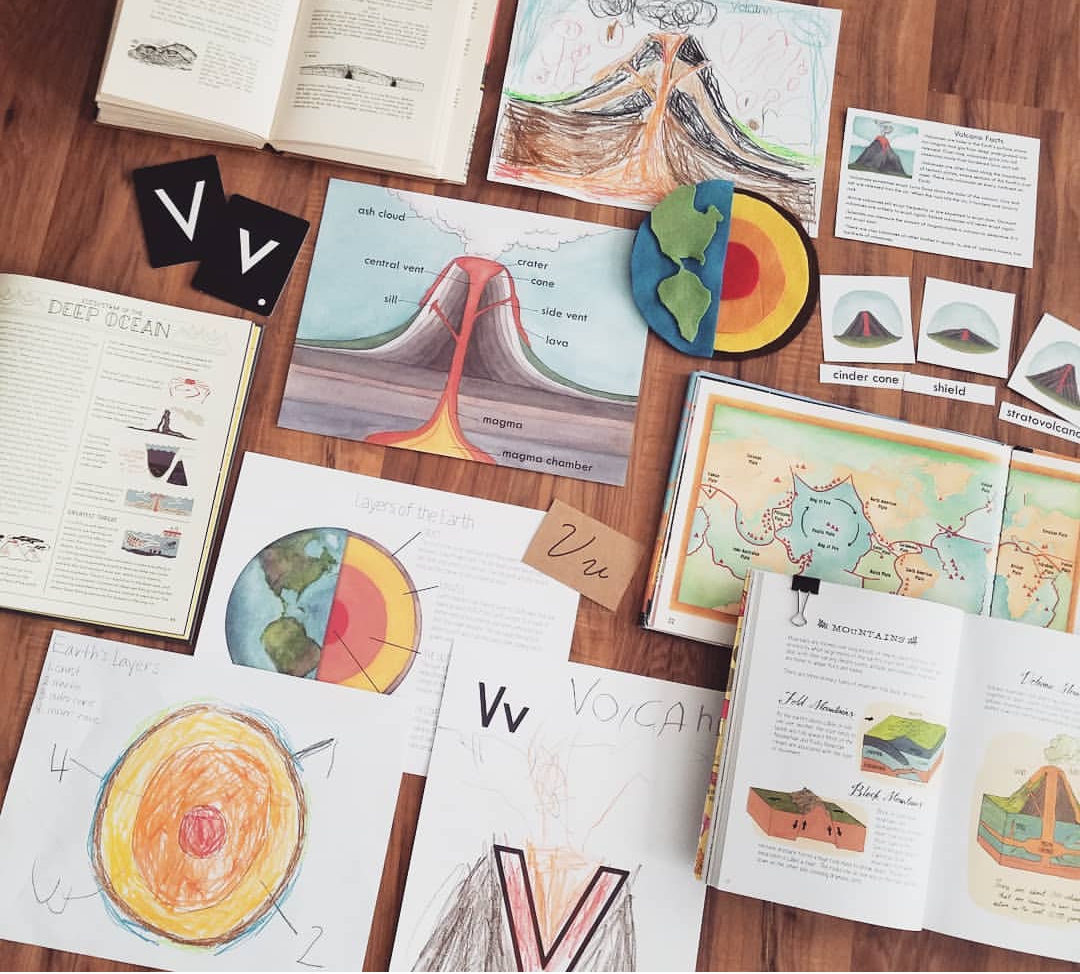
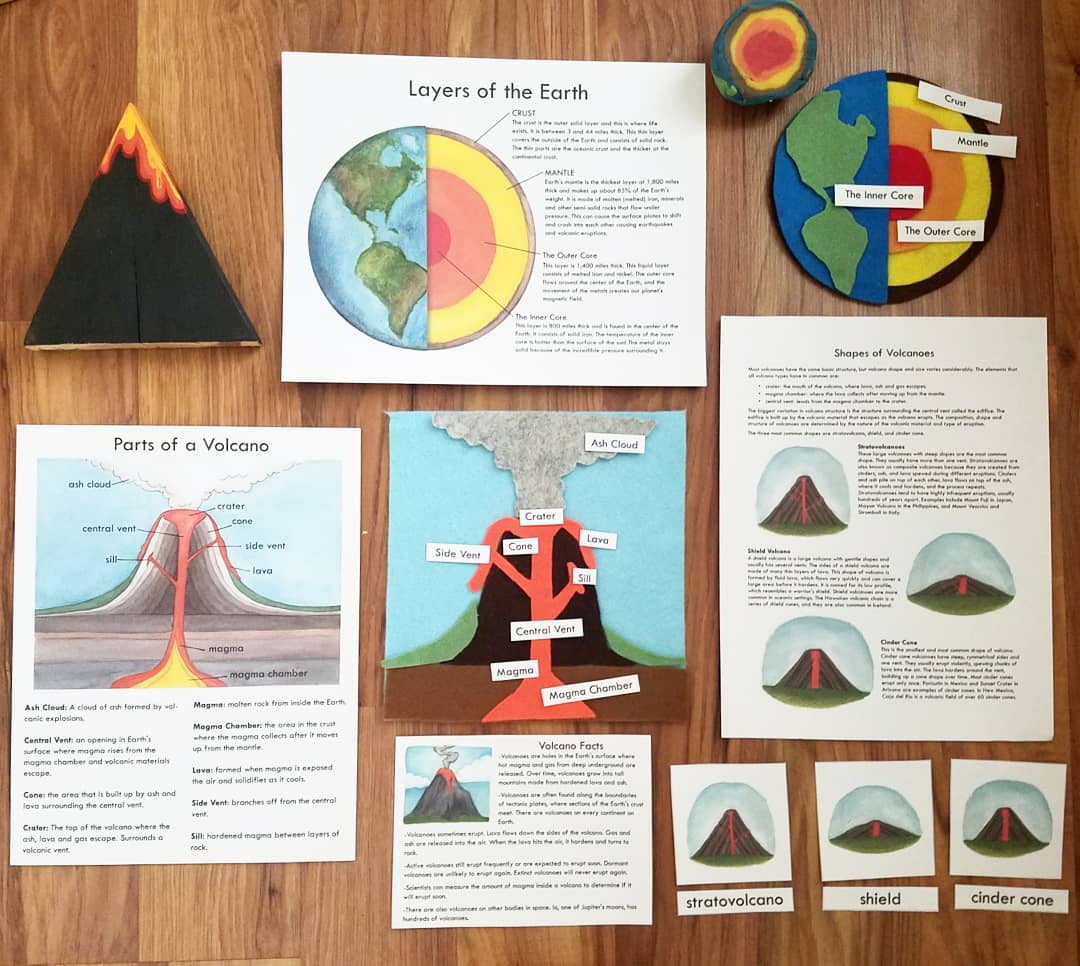
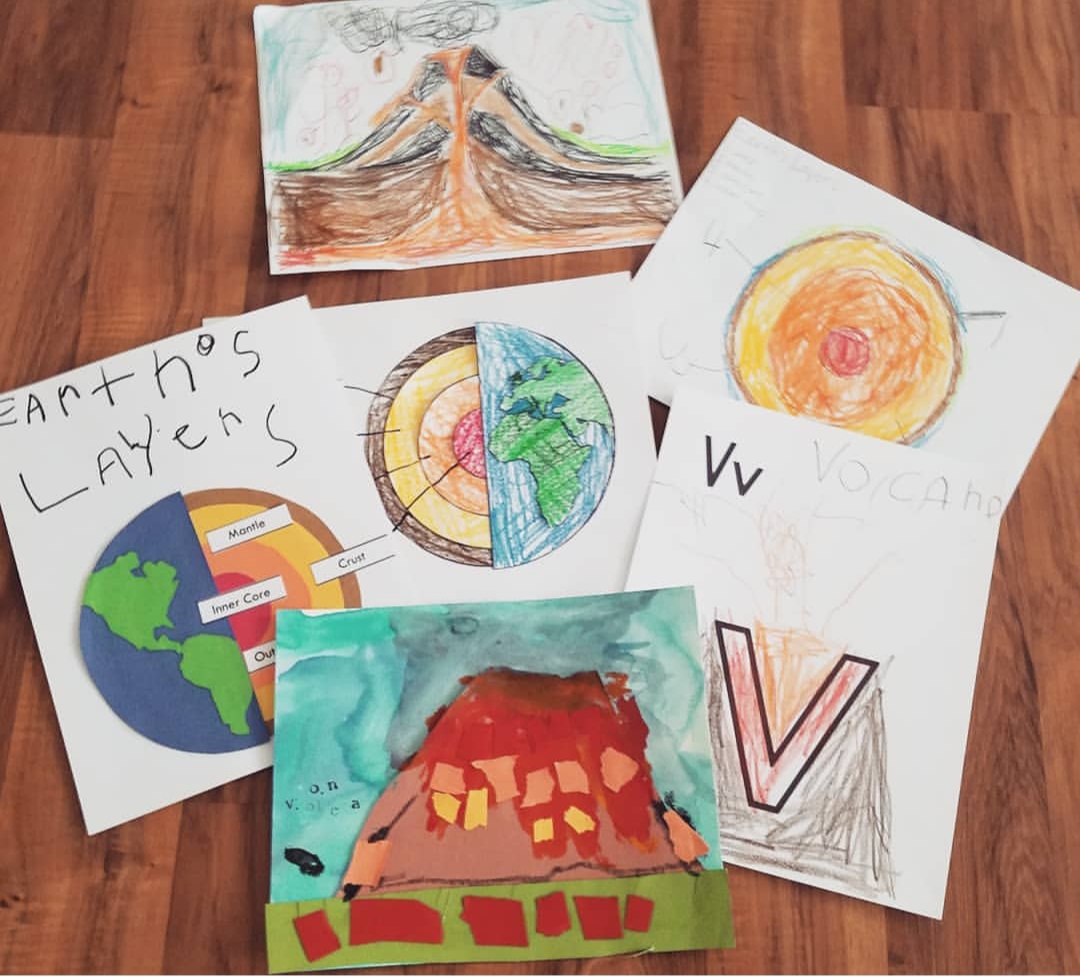
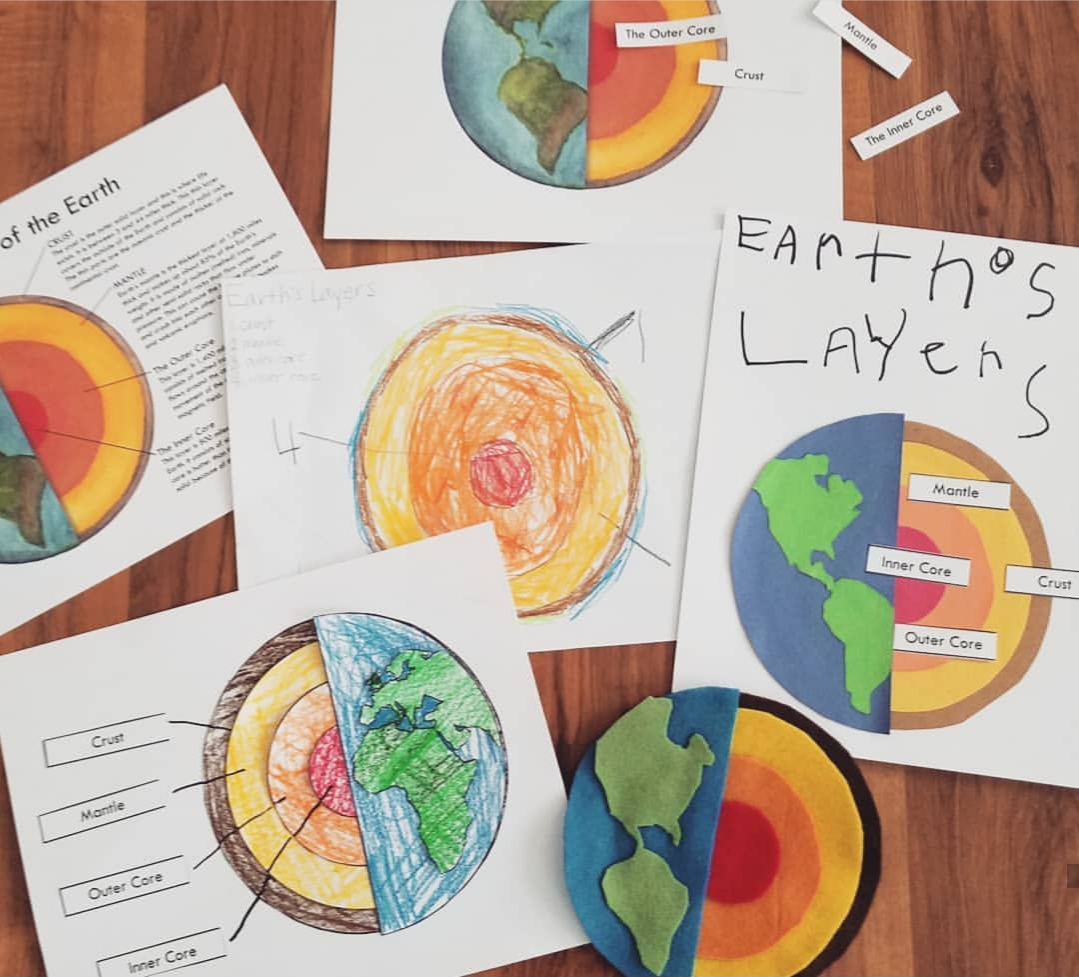
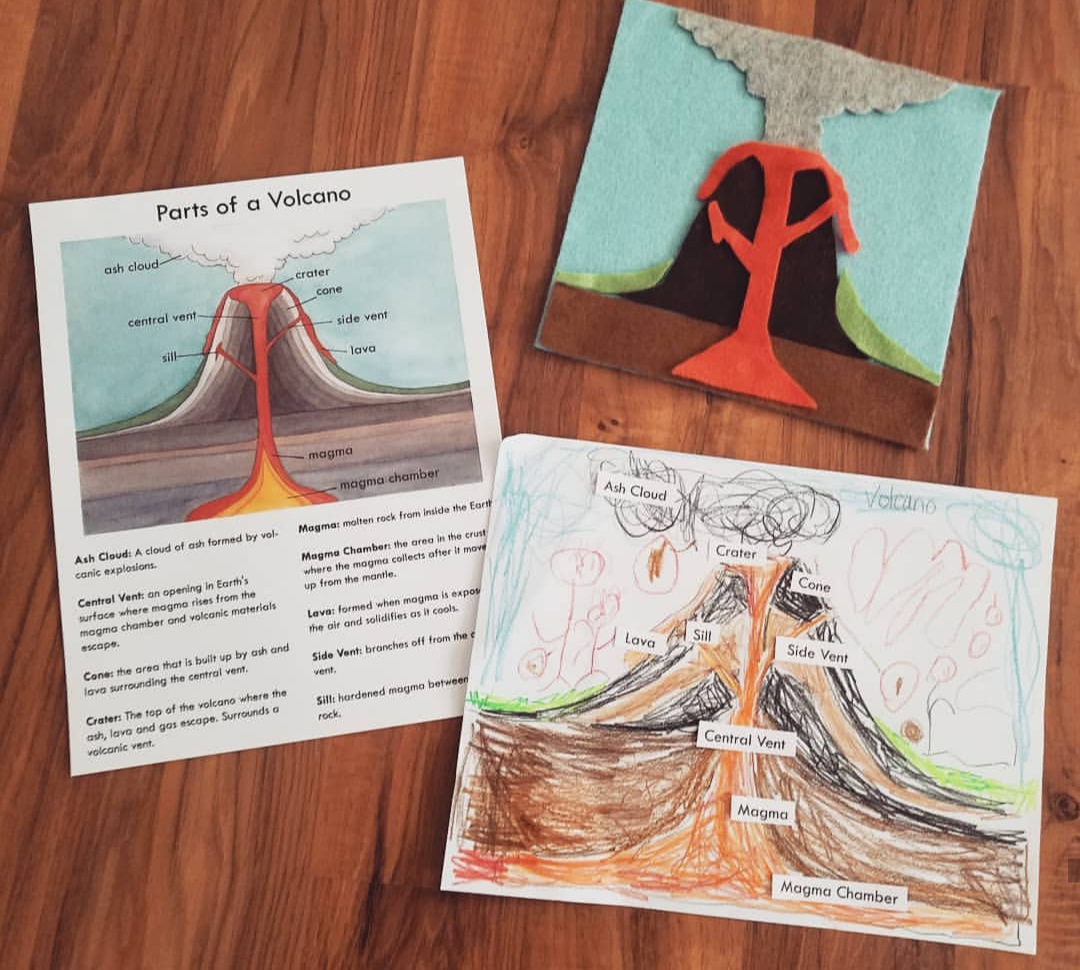
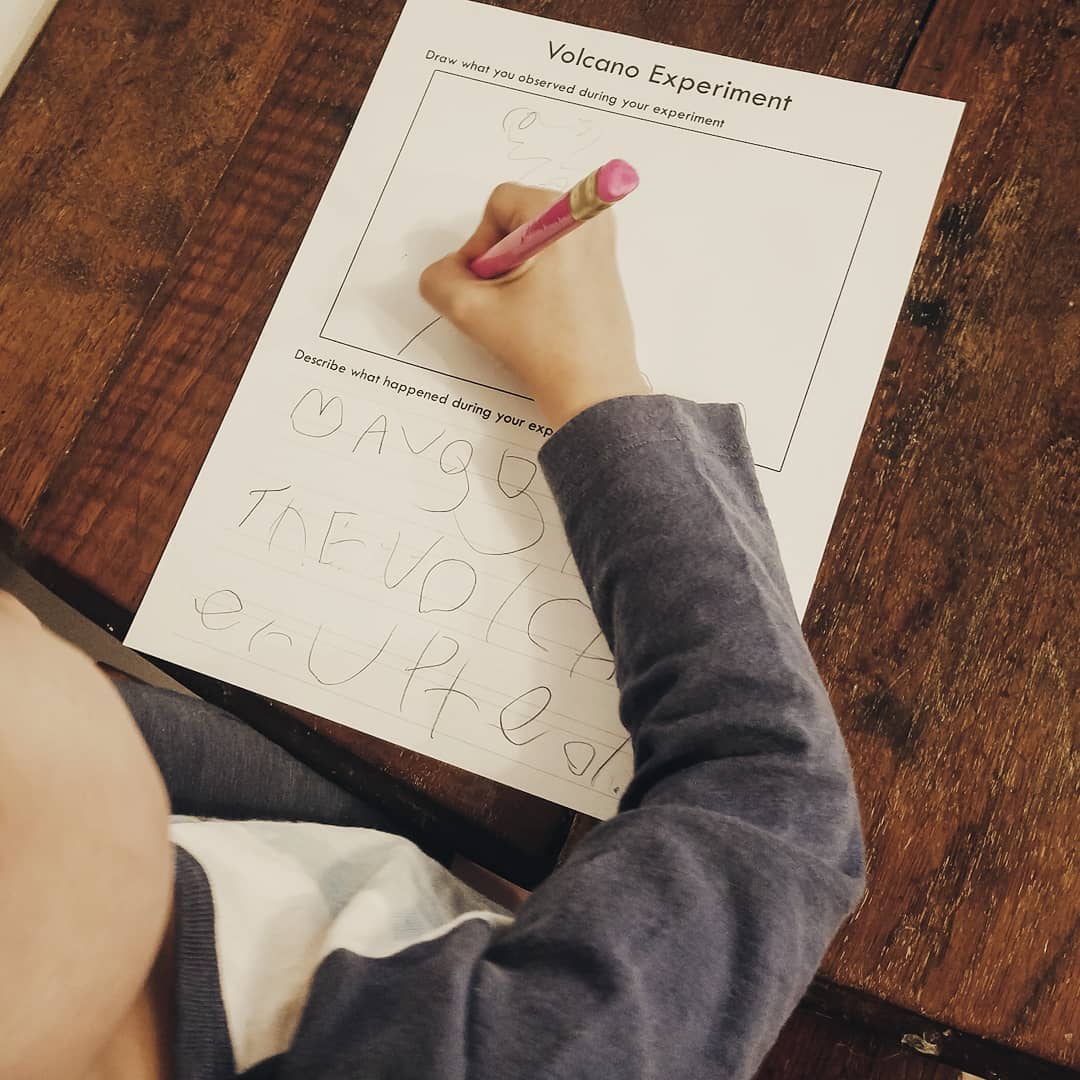
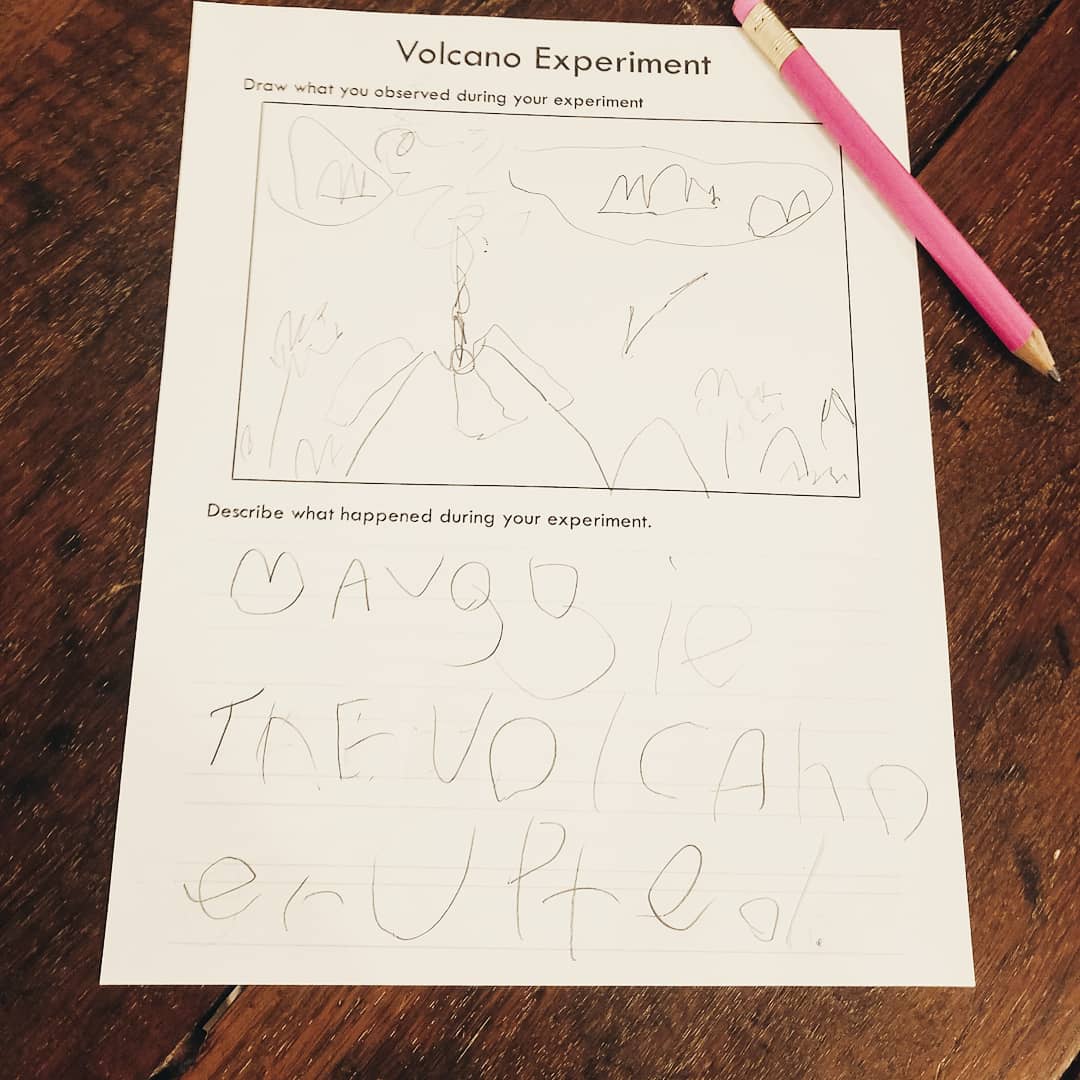
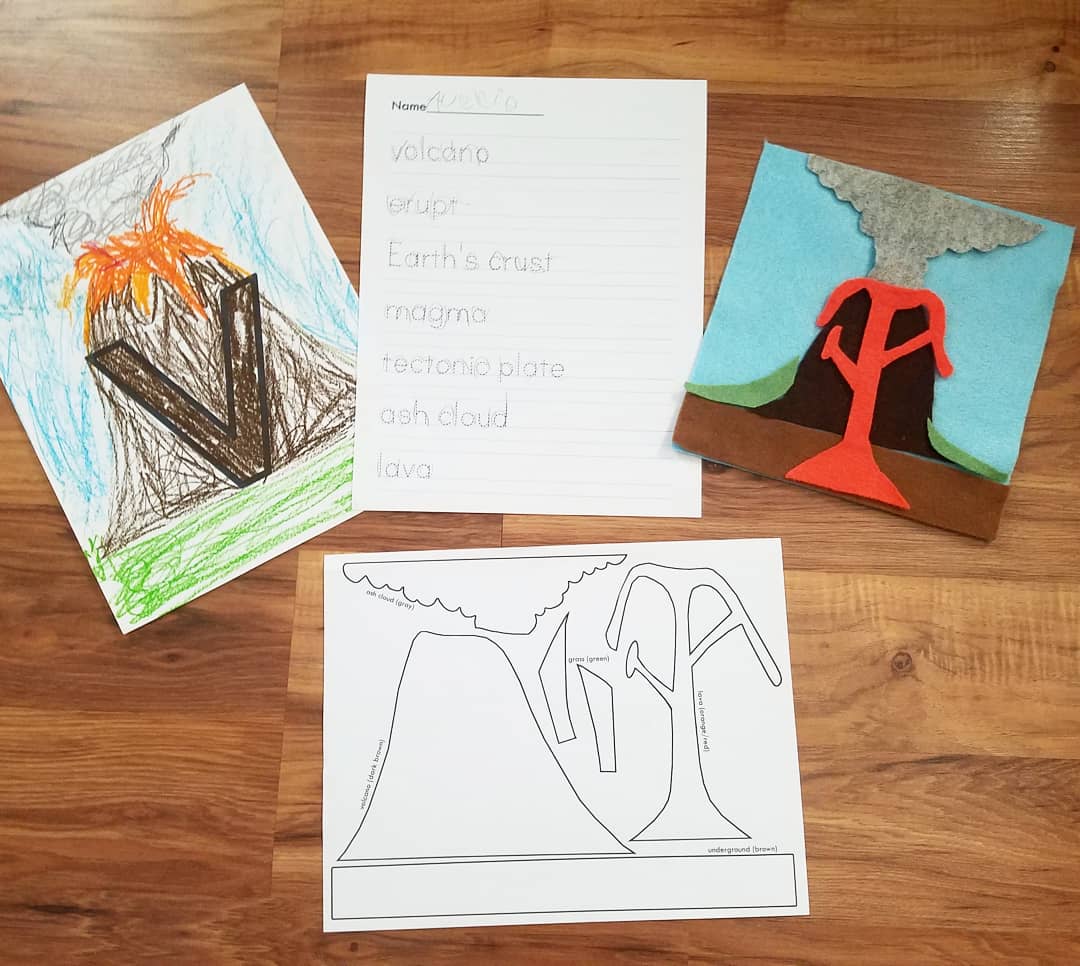
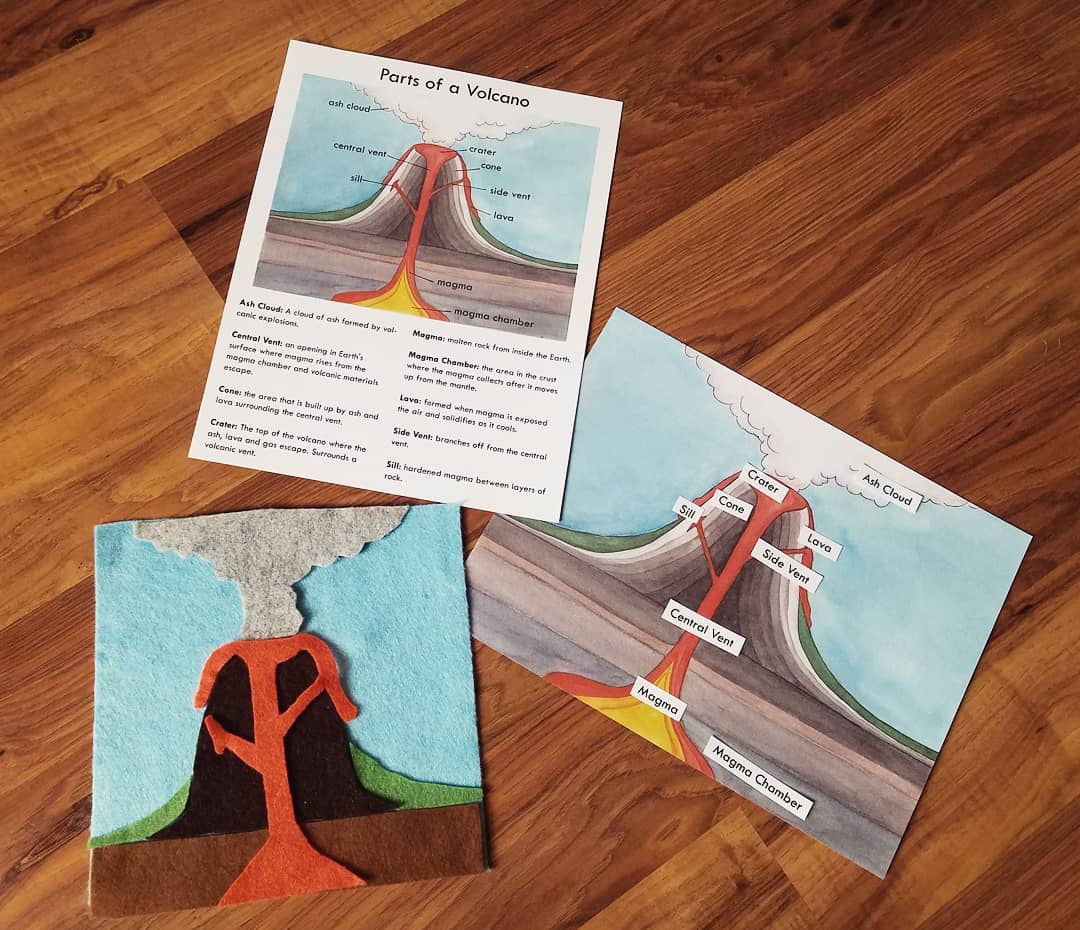
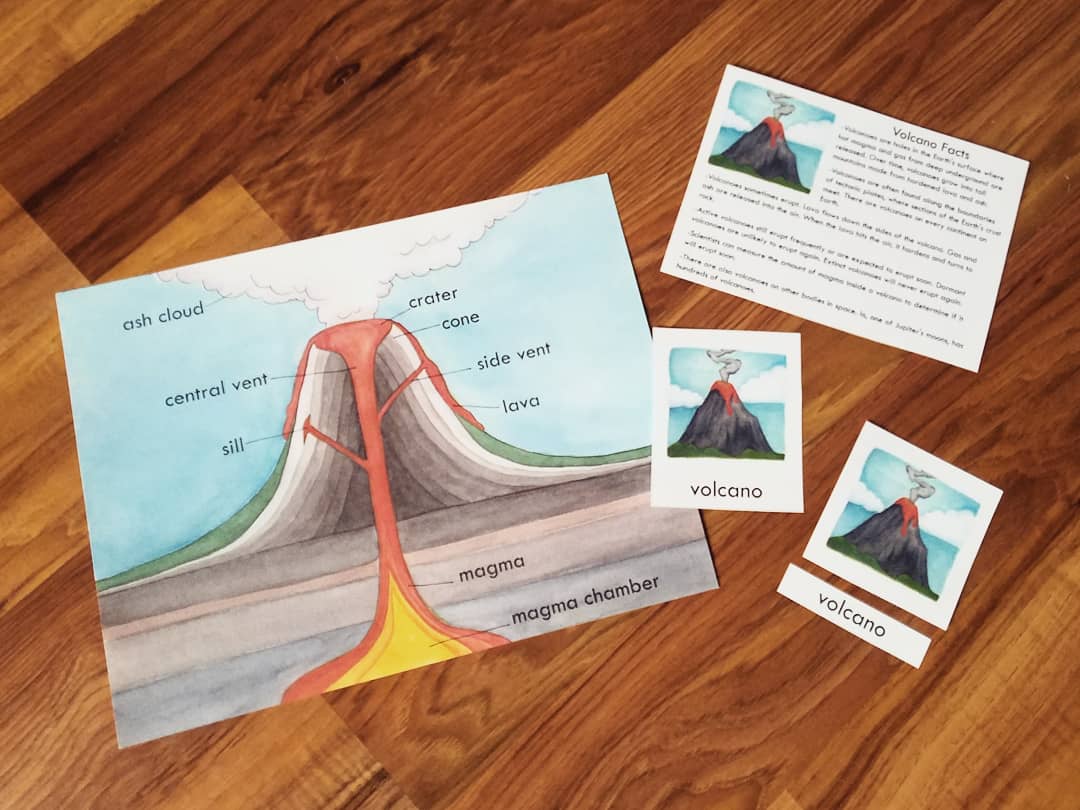
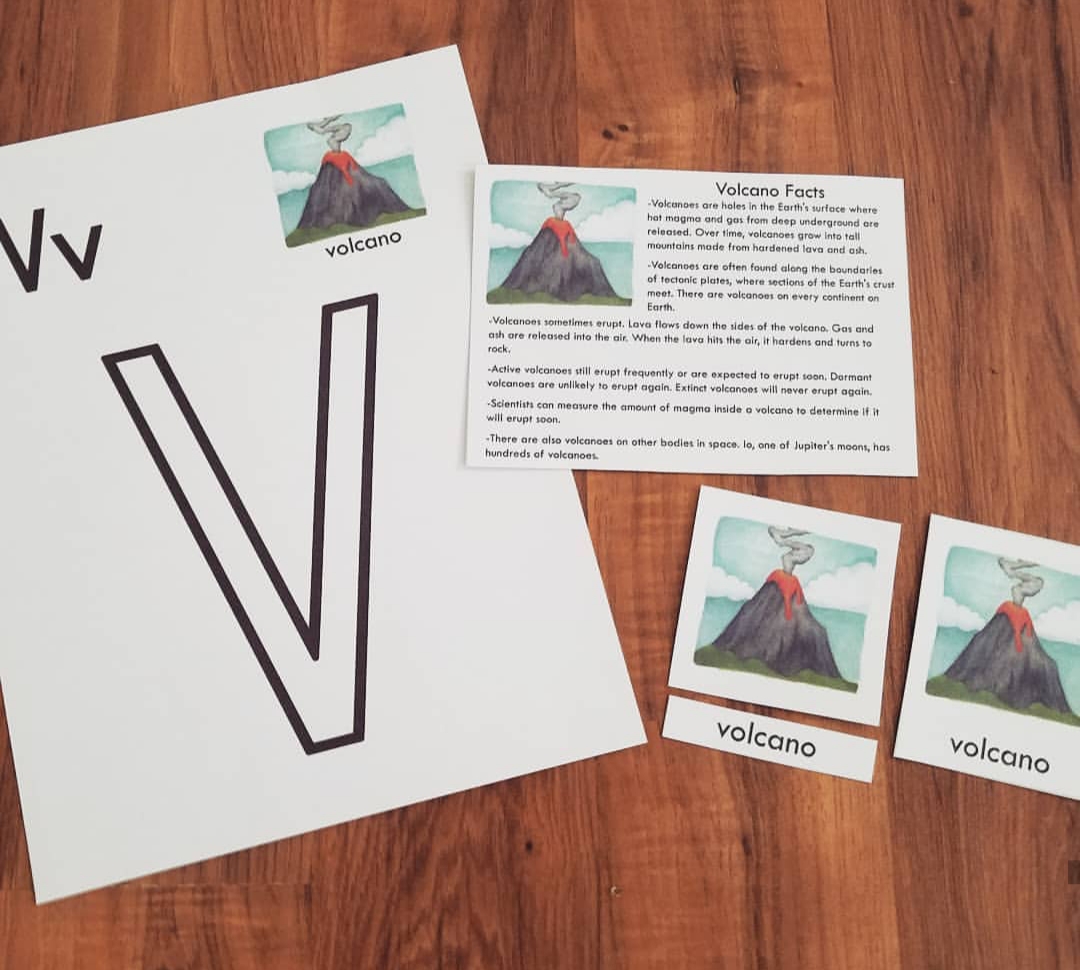
As an Amazon Associate I earn from qualifying purchases made from the affiliated links on my website. Thanks for your support!
Best Books for Kids About Space
I recently put together a Solar System Unit Study which is designed to be comprehensive and work for a wide range of ages. I like to include a book list with all my unit study bundles and this one proved to be a challenge. Surprisingly, it was difficult to find books that were worthy of investing in and including in my list of recommendations.
I really strive for simplicity in my household so I do not like to have a lot of clutter in my home. Children's books continue to be a problem area for us so I'm very careful about the books I allow in our space. A book needs to be beautiful, informative, science books need to be up to date and they need to spark my child's (and my) imagination. Books that lack these things tend to fall flat and become clutter.
I spent a few months searching for book recommendations and checking out books from my local library and I was able to come up with a list of great books that I find worthy of adding to our bookshelves.
Space Encyclopedia: A Tour of Our Solar System and Beyond, David A. Aguilar
I don't like to have more than one or two reference books on a particular subject on our bookshelf and this one fits the bill. It is authored by David A. Aguilar of the Harvard-Smithsonian Center for Astrophysics. The book is visually compelling with beautiful photos from NASA and artwork from the author. The articles are clear and informative. It's described on Amazon as an “all in one ultimate reference book... ideal for the family bookshelf” and I agree. This is my favorite of all the reference books we came across. The age range is 10 and up but the visuals alone make this book worth it. My four year old loves looking through this book.
What We See in the Stars: An Illustrated Tour of the Night Sky, Kelsey Oseid
This is a unique book. Author/illustrator Kelsey Oseid did a wonderful job with this book. She managed to mix scientific information with mythology and beautiful illustrations in such a charming way! It's one of my personal favorites.
Earth! My First 4.54 Billion Years, Stacy McAnulty
This adorable book is written from the perspective of Earth. It's full of facts presented in a really cute and funny way. Your child will learn about Earth and how to love her.
Sun! One in a Billion, Stacy McAnulty
I'm assuming these autobiographical books about the objects in our solar system will be a series and I'm really looking forward to more! Again, this book is told from Sun's perspective. He of course wants the readers to know just how important he is.
The Darkest Dark, Chris Hadfield
I love reading this book with my son. It's about Canadian astronaut Chris Hadfield overcoming his childhood fears and what inspired him to become an astronaut. It's very well written and the illustrations are by the fabulous Fan Brothers. You kids will love it.
Curiosity: The Story of a Mars Rover, Markus Motum
This is a favorite of my four year old. He's fascinated with the Mars rover so this book is perfect for him. The Mars rover, Curiosity, narrates her own story from being built by NASA scientists to roaming the surface of Mars. The author found a great balance of being both educational and engaging. It's informative with out being long-winded. It sparked lots of questions that lead to further discussions in our house. This is one we all love.
Galaxies, Galaxies! and The Planets, Gail Gibbons
Gail Gibbons is my go to for children's nonfiction books. She's written more than 100 such books so I always look up what she's written on any subject we're studying. Her publisher described her work as “timeless and accessible” and I completely agree. Her illustrations are charming and the information straightforward. These books are great but they are just the type of book we like to check out at the library rather than keep on hand.
A Hundred Billion Trillion Stars, Seth Fishman
This is a sweet bedtime story type book. This book is not really about space but it does help put some of those big numbers into perspective. It focuses mainly on Earth and our world but in the wider context of the universe (the sun is one of a hundred billion trillion stars).
Exploring the Night Sky: The Equinox Astronomy Guide for Beginners, Terence Dickinson
This classic is a great book for older children or for parents like me to keep on hand as reference when stargazing with your children. Form the publisher: “Exploring the Night Sky is aimed at novice star gazers anxious to expand their astronomical repertoire beyond the Big and Little Dippers. Dickinson has designed a superb introduction to astronomy that is clear, concise, beautifully illustrated, and very "user friendly" no matter what the child's age.”
***This post contains affiliate links***
DIY Solar System Play Dough Kit
I put together this sweet little play dough kit as a Christmas gift for my son. I started with a $3.99 GLIS box with lid from IKEA, made some homemade galaxy play dough, solar system story stones, handmade astronaut peg doll, wood craft stars, space figurines and our die cast space shuttle.
This was SUPER simple to put together and I totally see myself making other themed play dough kits to keep my boys entertained. I've taken the time to break it down for you all and included links to all the materials I used along with some other suggestions for those of you who don't want to make the handmade aspects of the kit. Enjoy!
Galaxy Play Dough I typically prefer to buy Play-Doh rather than make my own but the galaxy play dough is so dreamy, I couldn't resist! I put together a recipe based on the many no cook play dough recipes I found online, added black food coloring and various types of silver glitter.
Galaxy Play Dough Recipe: 4 cups flour ¼ cup vegetable oil 1 cup salt 3 tbs cream of tartar 3-3 ½ cups of boiling water Optional: food coloring, glitter, essential oil
Mix all the ingredients together in a Kitchen Aid mixer with the dough hook and slowly add the 3-3 ½ cups of boiling water. I only used about 3 ¼ cups on the batch I made. I added black gel food coloring, various sizes of silver glitter and a little lavender essential oil to improve the sent. Add a little water if the consistency is too dry or flour if it's too wet. Store in a zip lock baggie or air tight container for up to 6 months.
Solar System Story Stones No doubt you've seen the super cute story stones all over Pinterest and Instagram. I encourage you to make some yourself! I've been making story stones for my kids, nieces and nephews and gifting them to friends for years. They're always a huge hit. I personally like to hand paint simple images on the stones using acrylic paint and cover with a protective varnish (like this one) to preserve the image and prevent the paint from chipping. Be sure to use unpolished stones! We've even used rocks out of our own garden.
Planets on Wood Coins Another option would be to use wood coins. You can buy inexpensive wood coins in a variety of sizes at any craft store or on Amazon. Simply print and cut the images of the planets and space objects and glue them onto the wood coins. Add a thin layer of glue on top of the paper for extra protection. Tip: you may need to experiment with the paper size percentage in your printer settings to get the right fit for your coins.
Solar System Figurines If you wanted to skip the handmade solar system all together, this Safari Ltd Safariology The Solar System is a great option!
Astronaut Peg Doll This little guy was super simple to make! You can pick up the wood peg dolls at the craft store or Amazon. I used acrylic paint to make a NASA inspired space suit and a simple smiling face. You can always sketch an outline with pencil first if you're not confident with your painting abilities. I finished with a coat of varnish to seal the paint.
Wood Craft Stars and Alternatives I purchased my wood craft stars at Hobby Lobby in the Christmas Crafts section. Here's a option from Amazon that you can paint silver or gold. My boys have also enjoyed using these glow in the dark stars in our solar system themed sensory play. You could use beads or large sequins. Even balled up pieces of tin foil make great “moon rocks.”
There are so many possibilities when it comes to these diy kits. I mostly used things we already had on hand. I hope I’ve inspired you to put together a kit of your own!
***This post contains affiliate links***
Pumpkin Invitation
Everything you need to study pumpkins this autumn!
I've put together this sweet little Pumpkin Invitation for my four year old and he absolutely loved it. I went ahead and created a digital download bundle to share with you all! You can get your download here.
The bundle includes an 18 page PDF and high resolution 5x7 and 8x10 .jpeg images of the Pumpkin Life Cycle and Parts of a Pumpkin charts!
Parts of a Pumpkin Chart
The diagram numbers and lists key parts of the pumpkin. This is also a great chart to hang up in the classroom and use as reference! The felt pumpkin was super easy to put together, I simply cut the shapes out of felt and offered them to my child to assemble, using the chart as a reference. I've also included an option with the labels left blank, students are asked to label the parts by writing in their answers.
Pumpkin Cycle Poster
These are pretty enough to frame! Hang the poster up in your classroom and print the smaller 5x7 option for your student to use as a reference as they work through their pumpkin study. I've also included a version without labels to offer more of a challenge to older students.
Pumpkin Life Cycle 3 Part Cards
Three-part cards are a staple in the Montessori classroom!
I gave these to my 4 year old along with the Life Cycle Chart for him to put in sequential order, then he matched the image and word cards to the control card.
You could even print two of these and turn it into a fun matching game!
Pumpkin Life Cycle Sequencing Worksheet
Ask the student to cut out the pictures at the bottom of the page and paste them onto the numbered squares in the correct order. Teachers or parents can cut the squares a head of time for younger students. Or skip the pasting and laminate to use over and over again.
P is for Pumpkin Block Letter Pages
Offer these block letter pages to your students for a hands-on way to learn the alphabet!
We use these all the time in our homeschool classroom. I suggest giving them to your student to simply color however they’d like or you can provide them for materials to fill in the letters. Here we’ve used stickers and dot markers. So fun!
Writing Practice
A simple writing practice worksheet featuring the work “pumpkin.” I've provided outlines of the word as well as plenty of space for your students to practice writing the word on their own.
Count and Clip Cards 1-15
These count and clip cards are a fun way for children to improve their number recognition, number quantity, one-to-one correspondence, and counting. They're also a great fine motor skills practice when clipping clothes pins. Print on card stock or paste on construction paper, then laminate for longevity! Your child can use clothes pins or dry erase marker to mark the correct number.
Pumpkin Book Recommendations
I also wanted to share a couple of our favorite pumpkin books we've been enjoying!
From Seed to Pumpkin, Wendy Pfeffer
The Pumpkin Book, Gail Gibbons
Seed, Sprout, Pumpkin, Pie, Jill Esbaum
Enjoy your Pumpkin Invitation and check me out on Instagram for more inspiration! Remember to tag me as you use these resources, I’d love to see how you are enjoying them!









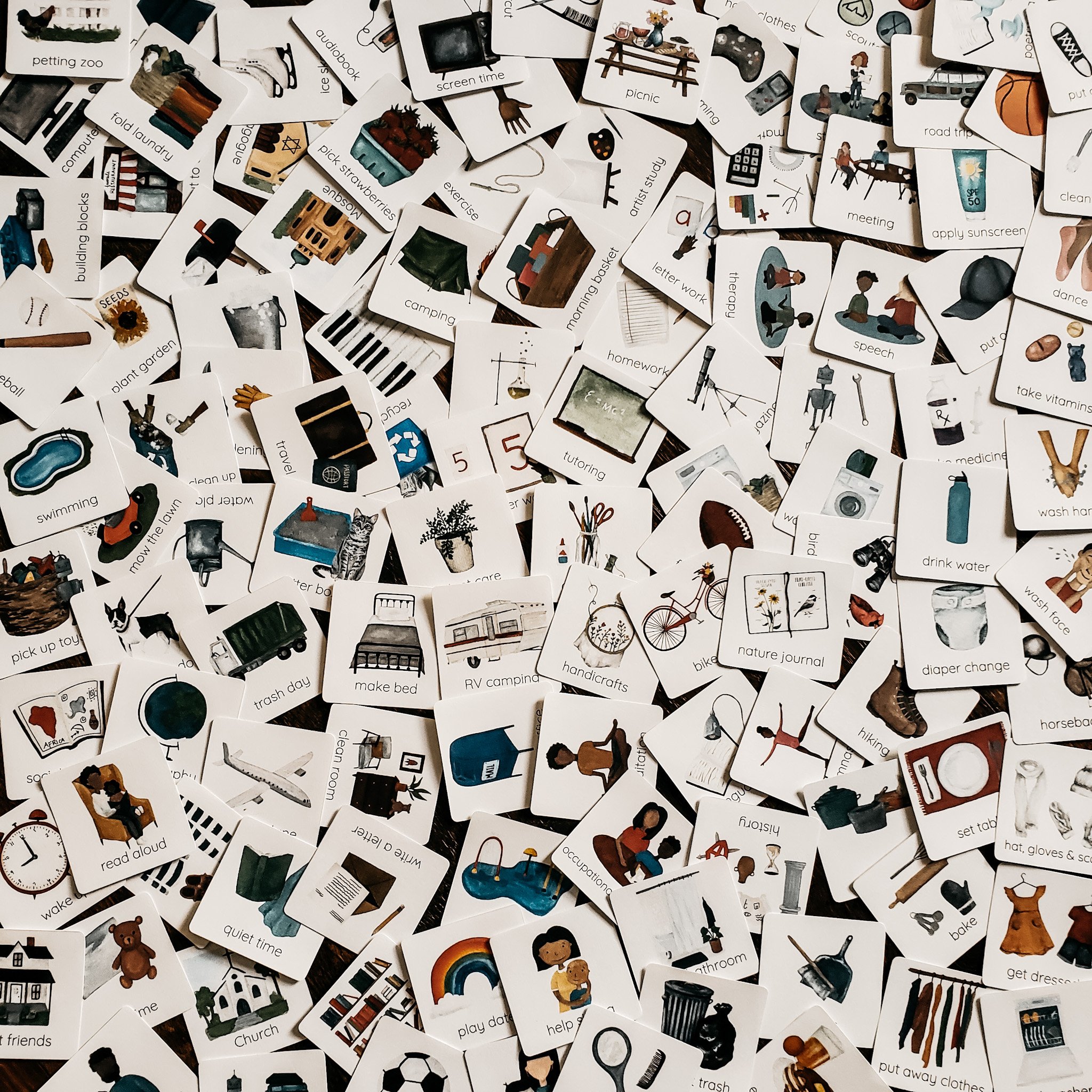








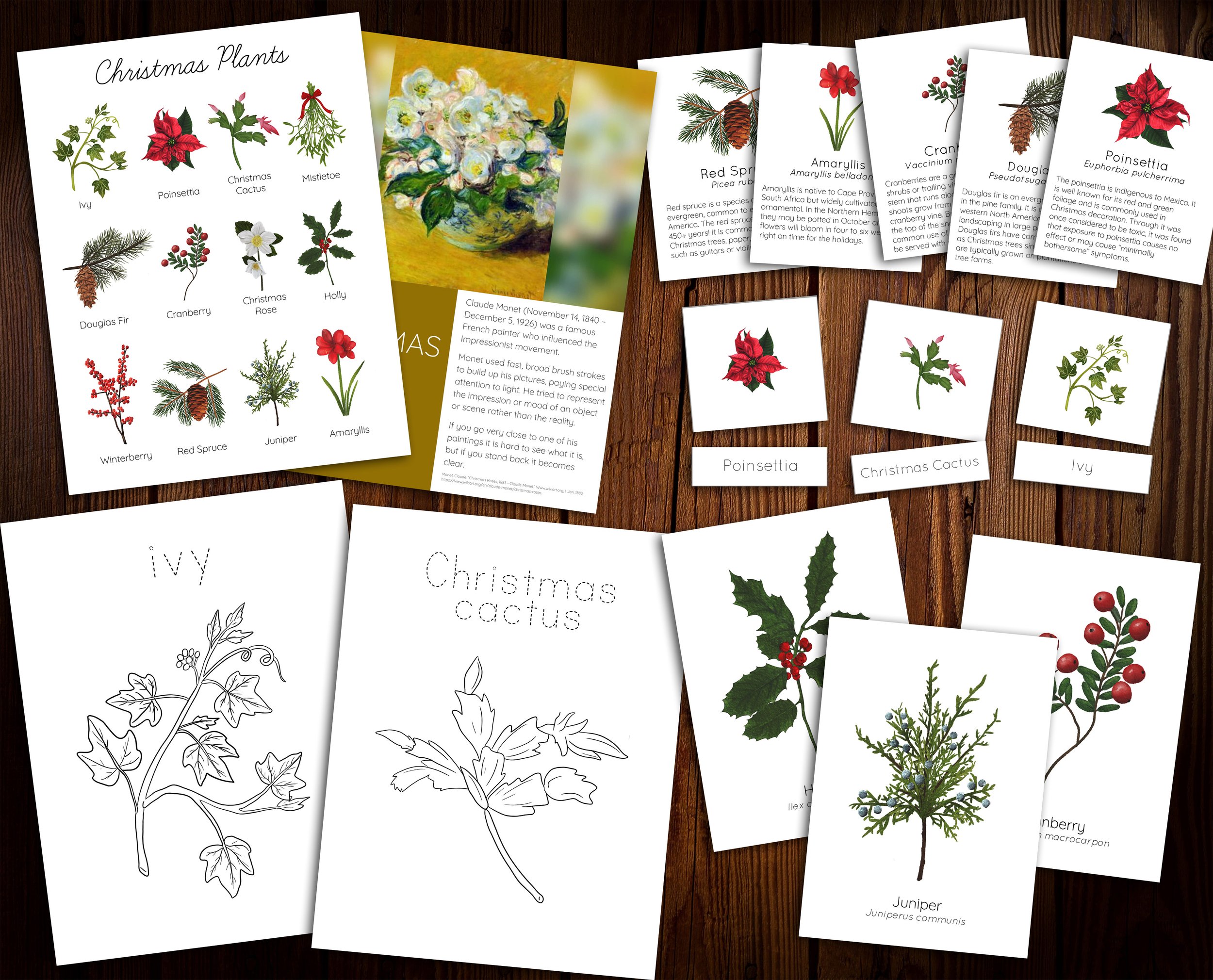

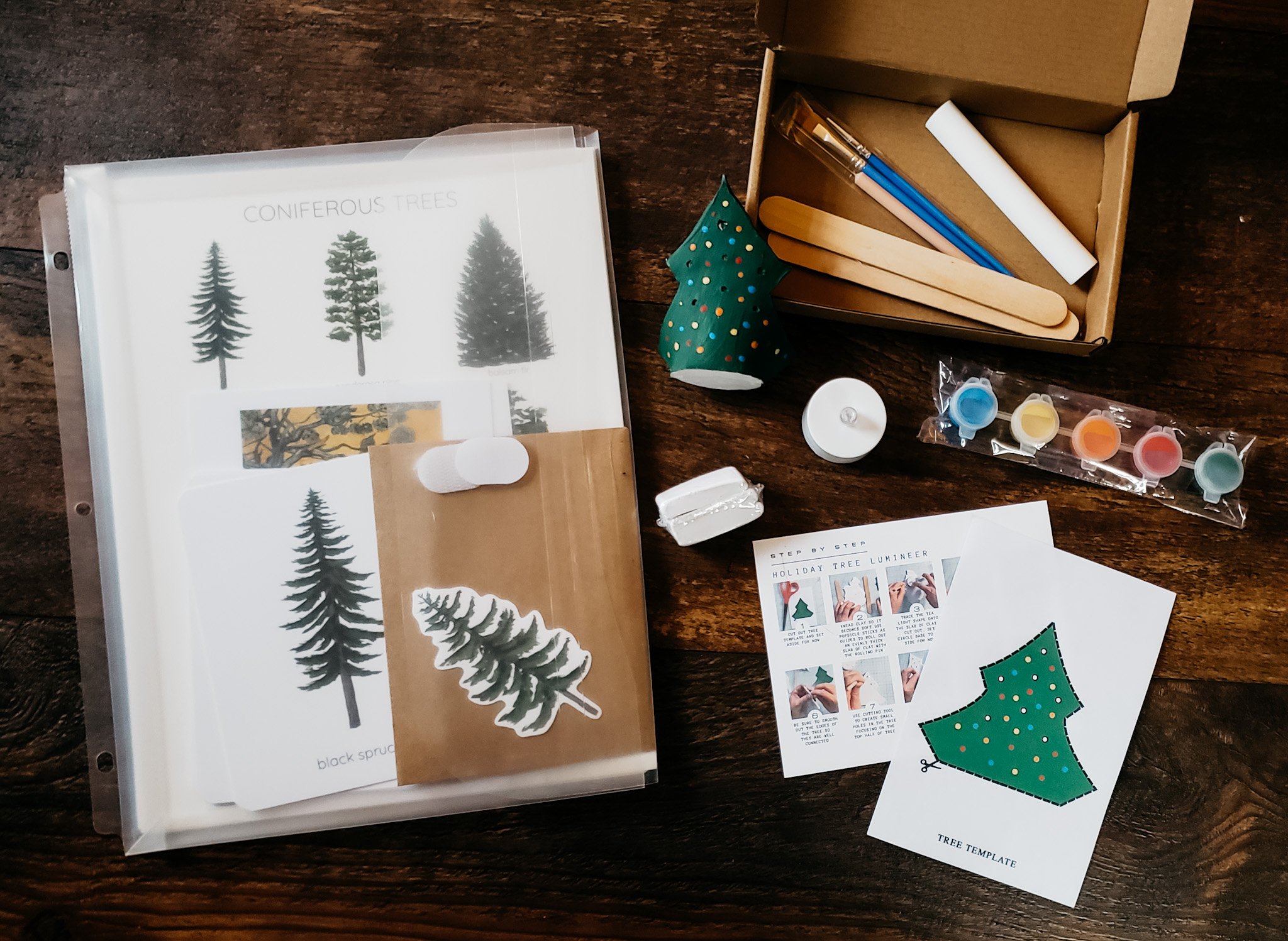

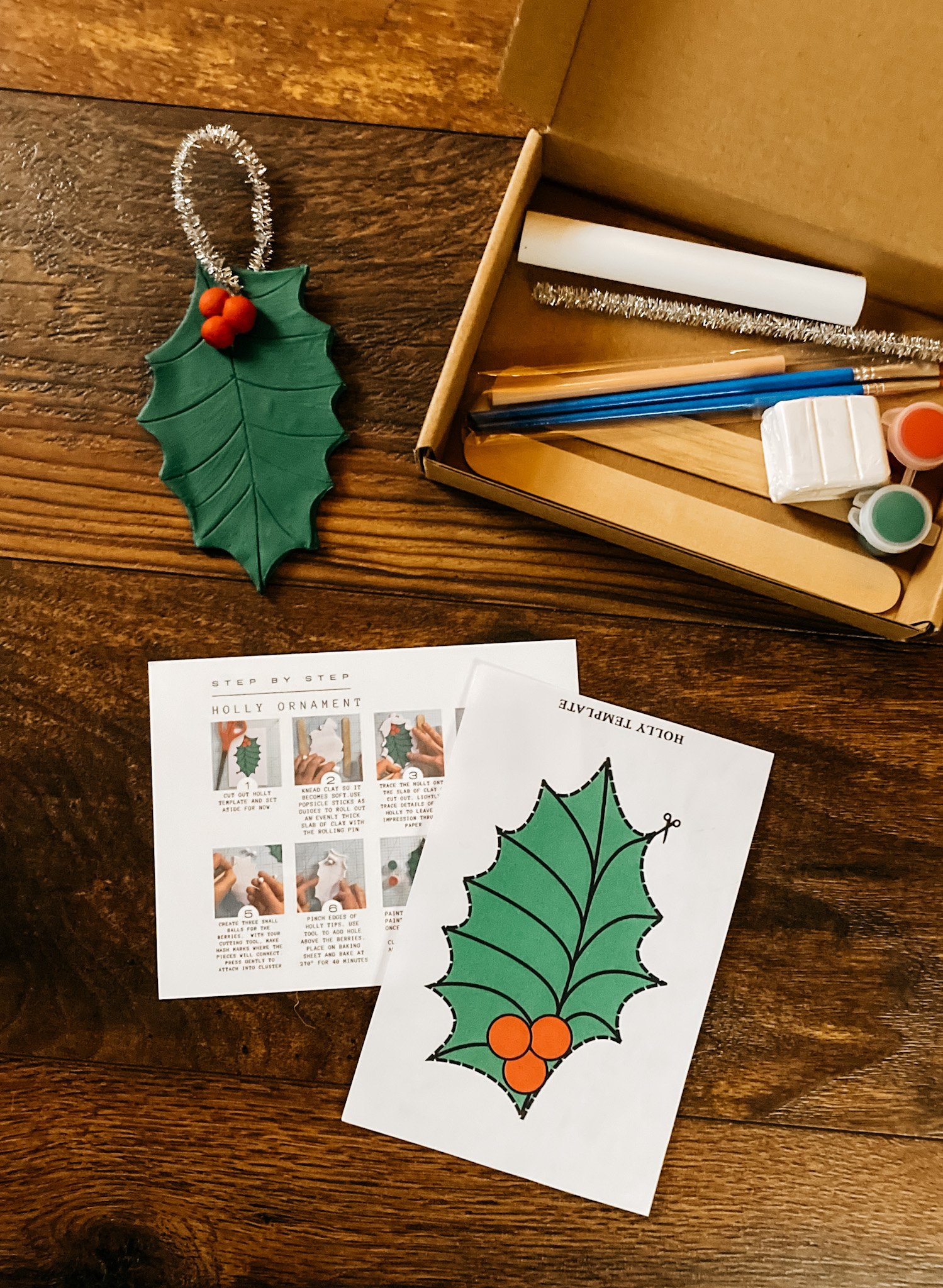






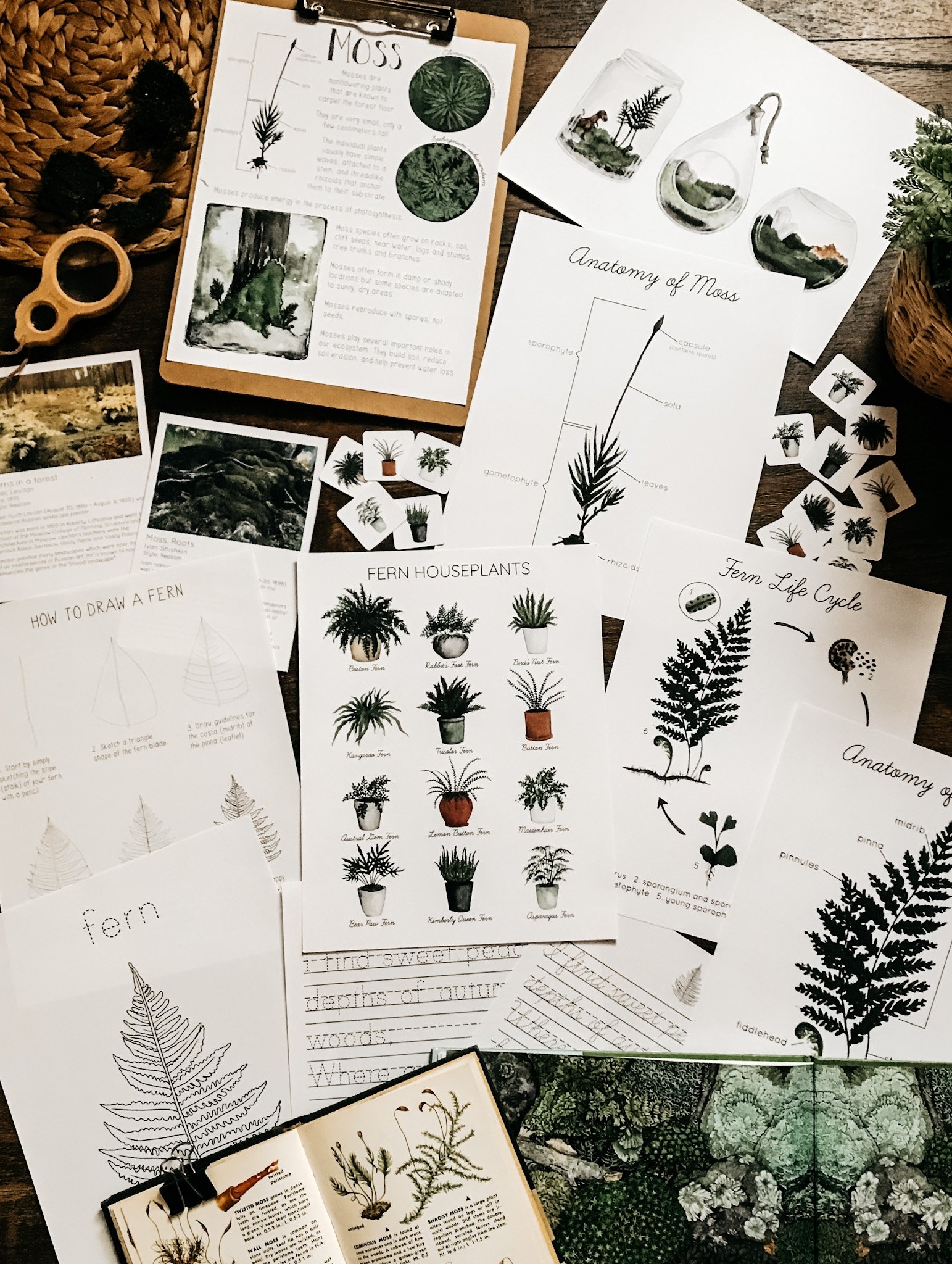


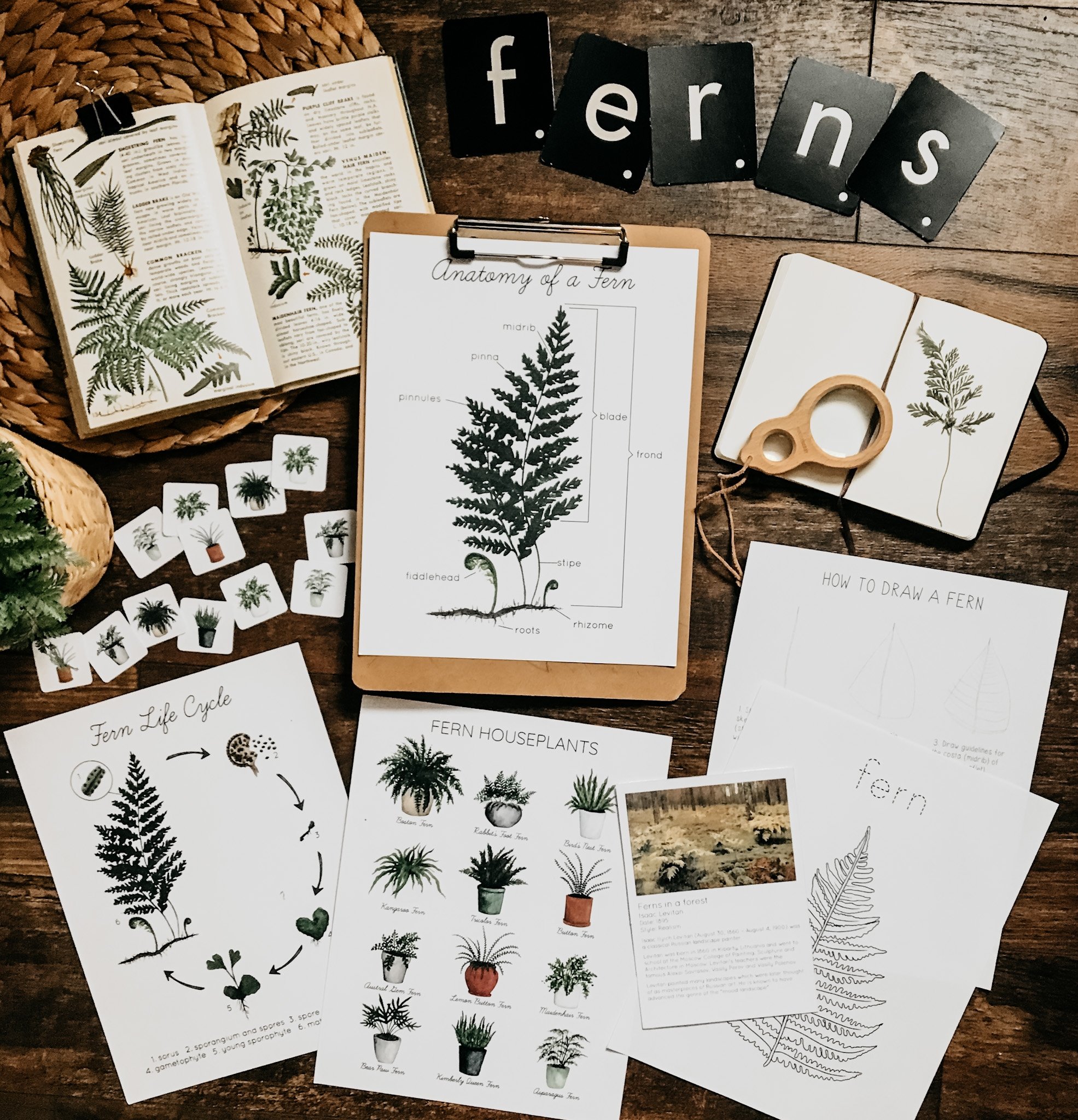

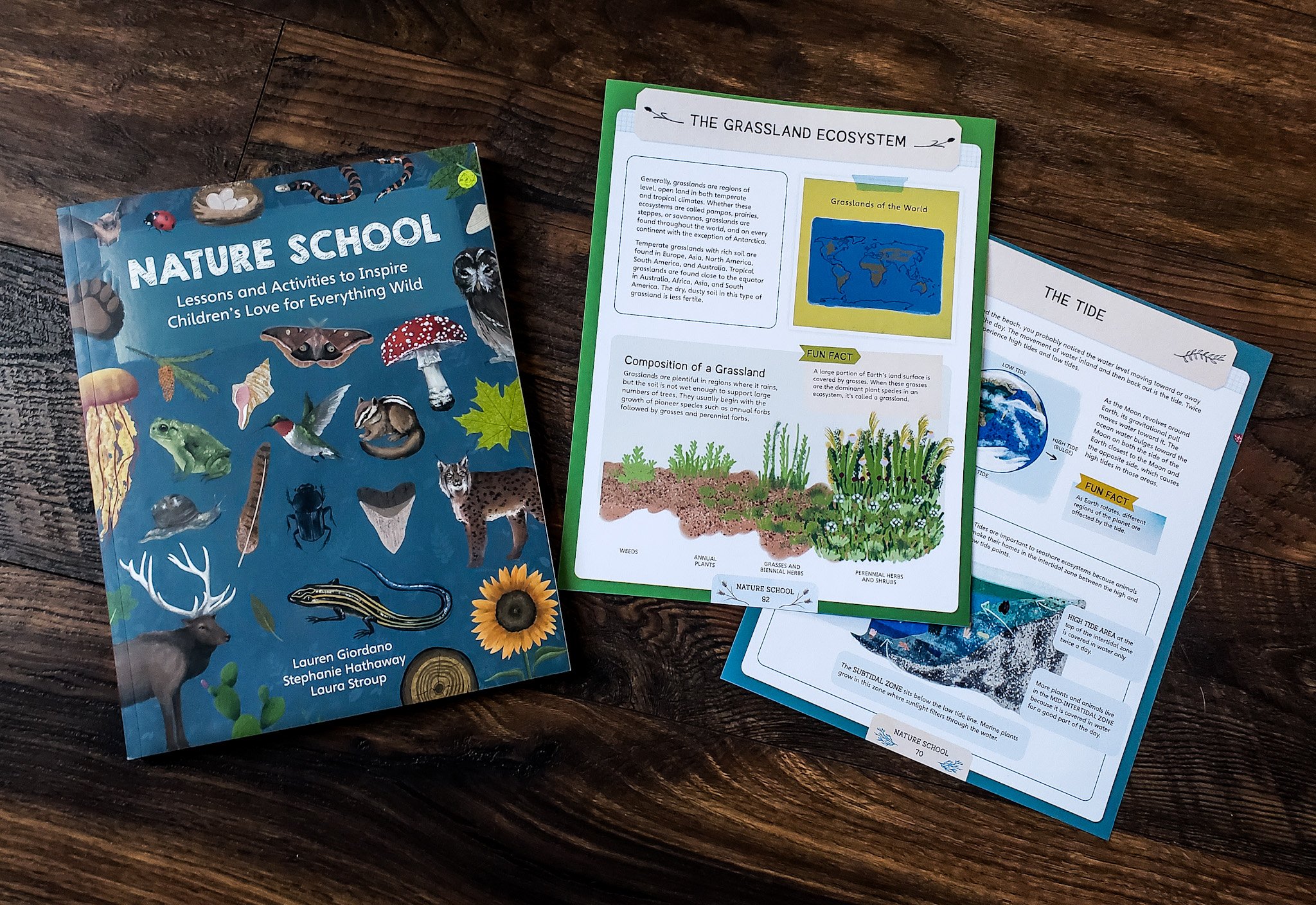








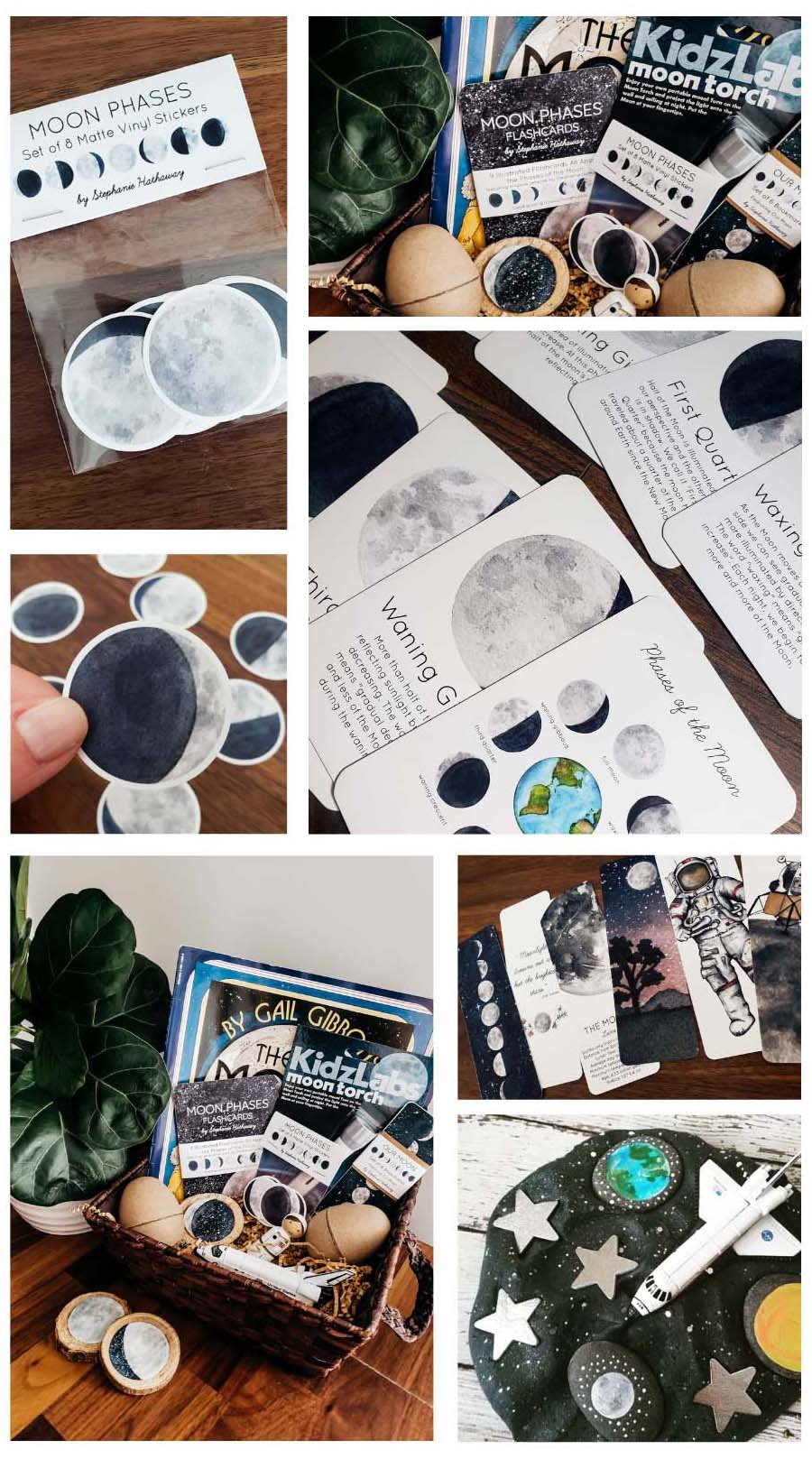


















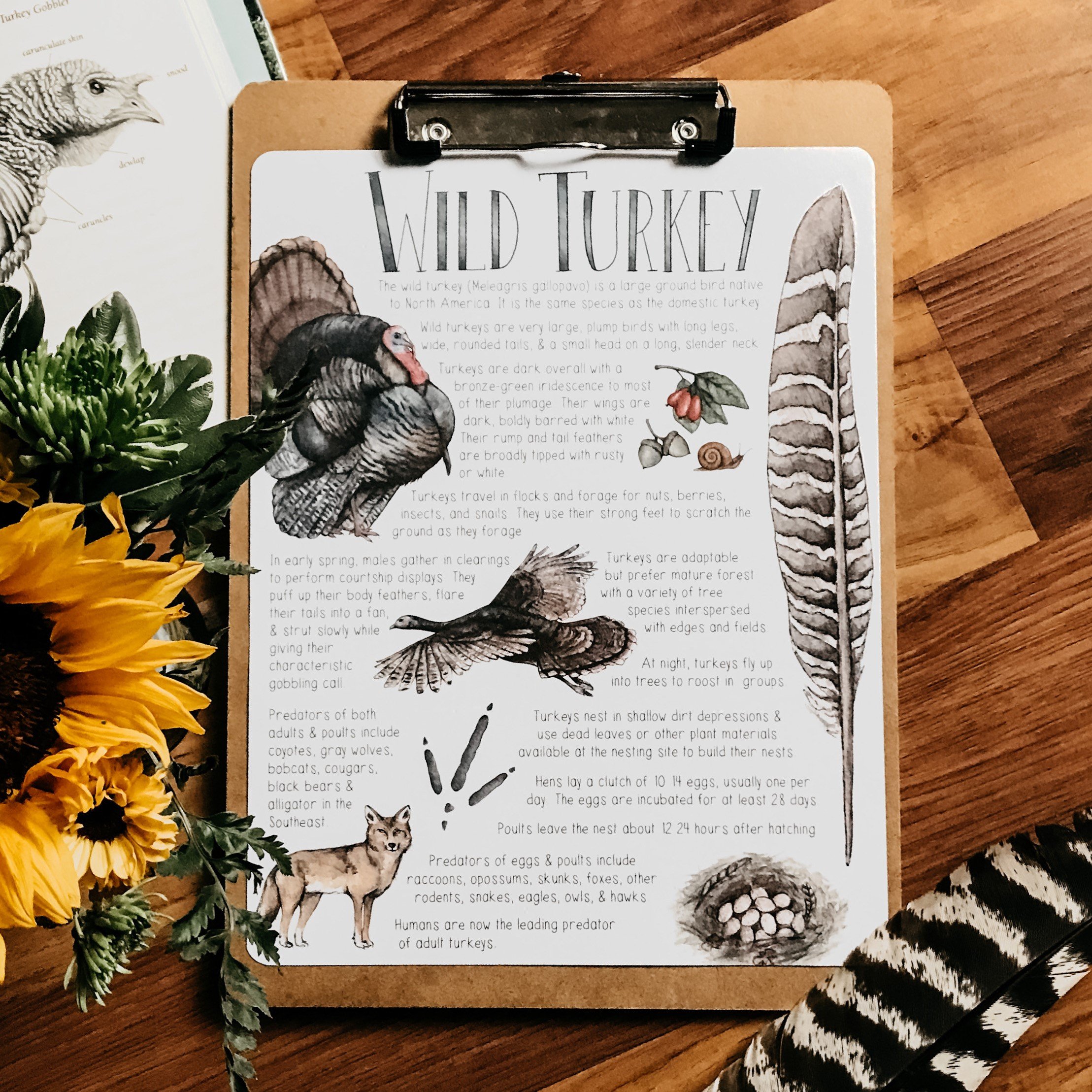
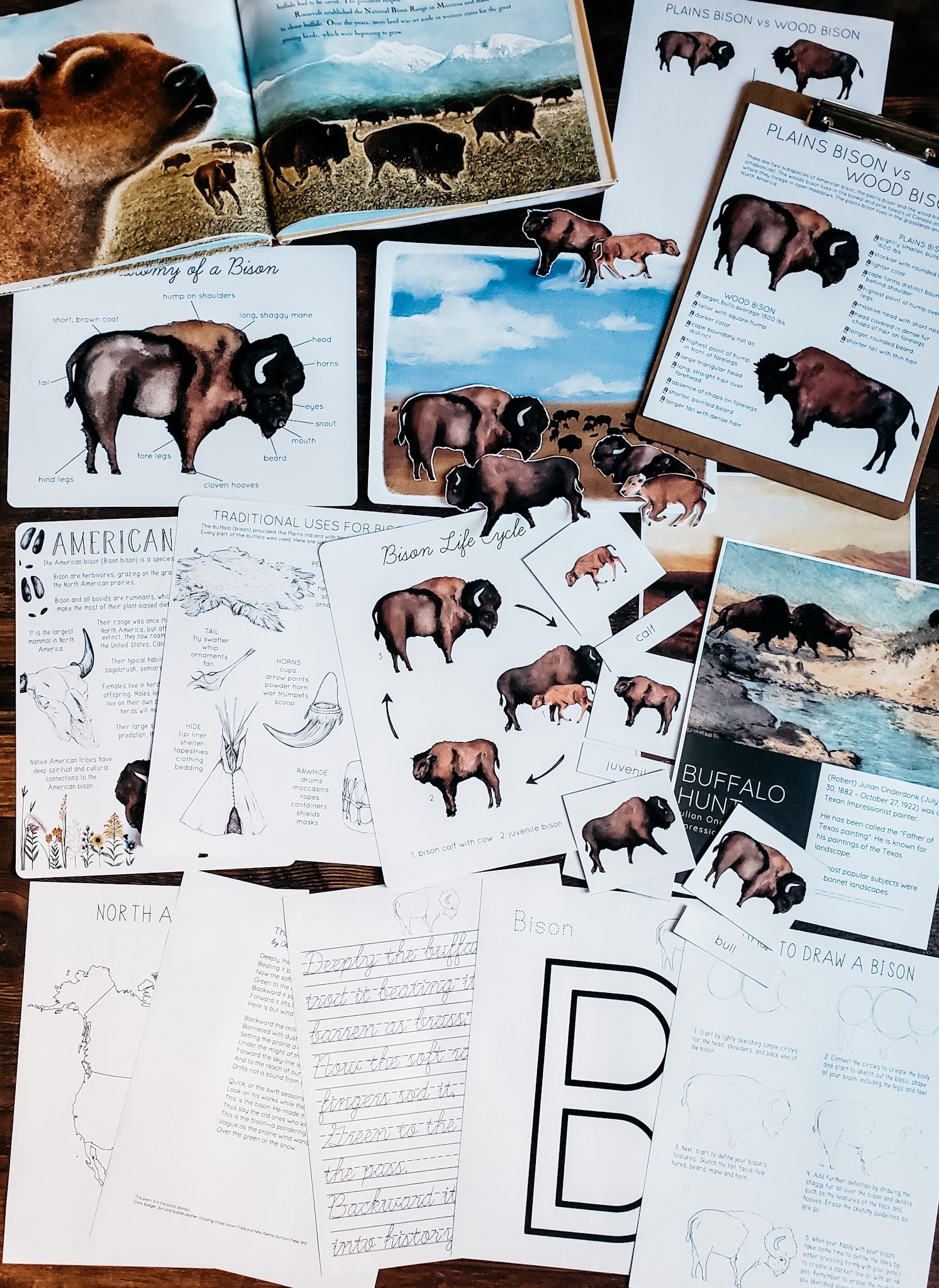


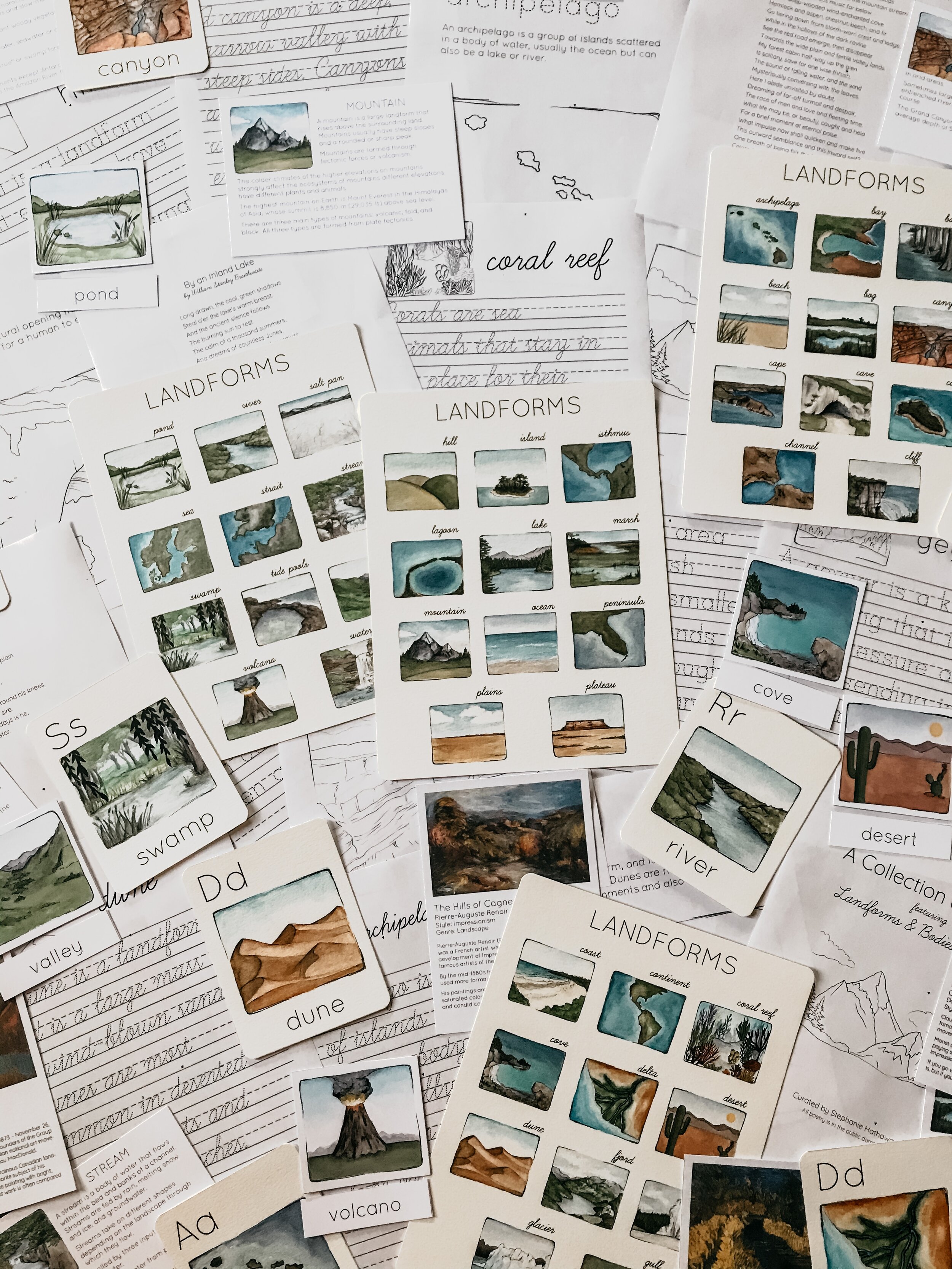
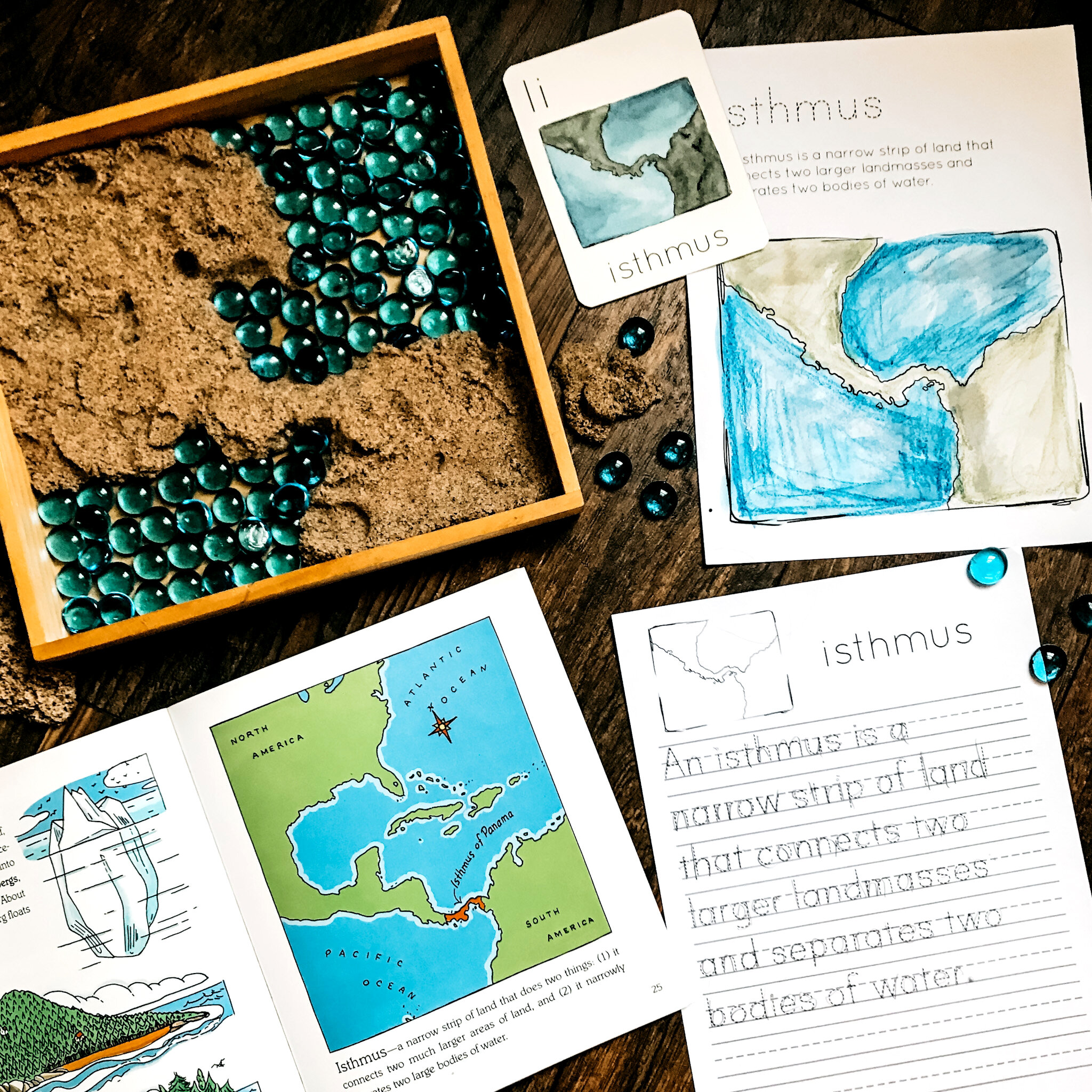
![IMG_1582[9456].jpg](https://images.squarespace-cdn.com/content/v1/5b367a24aa49a14c777aa154/1630519913565-0SF0R2QMME7DIKQYMIFR/IMG_1582%5B9456%5D.jpg)
